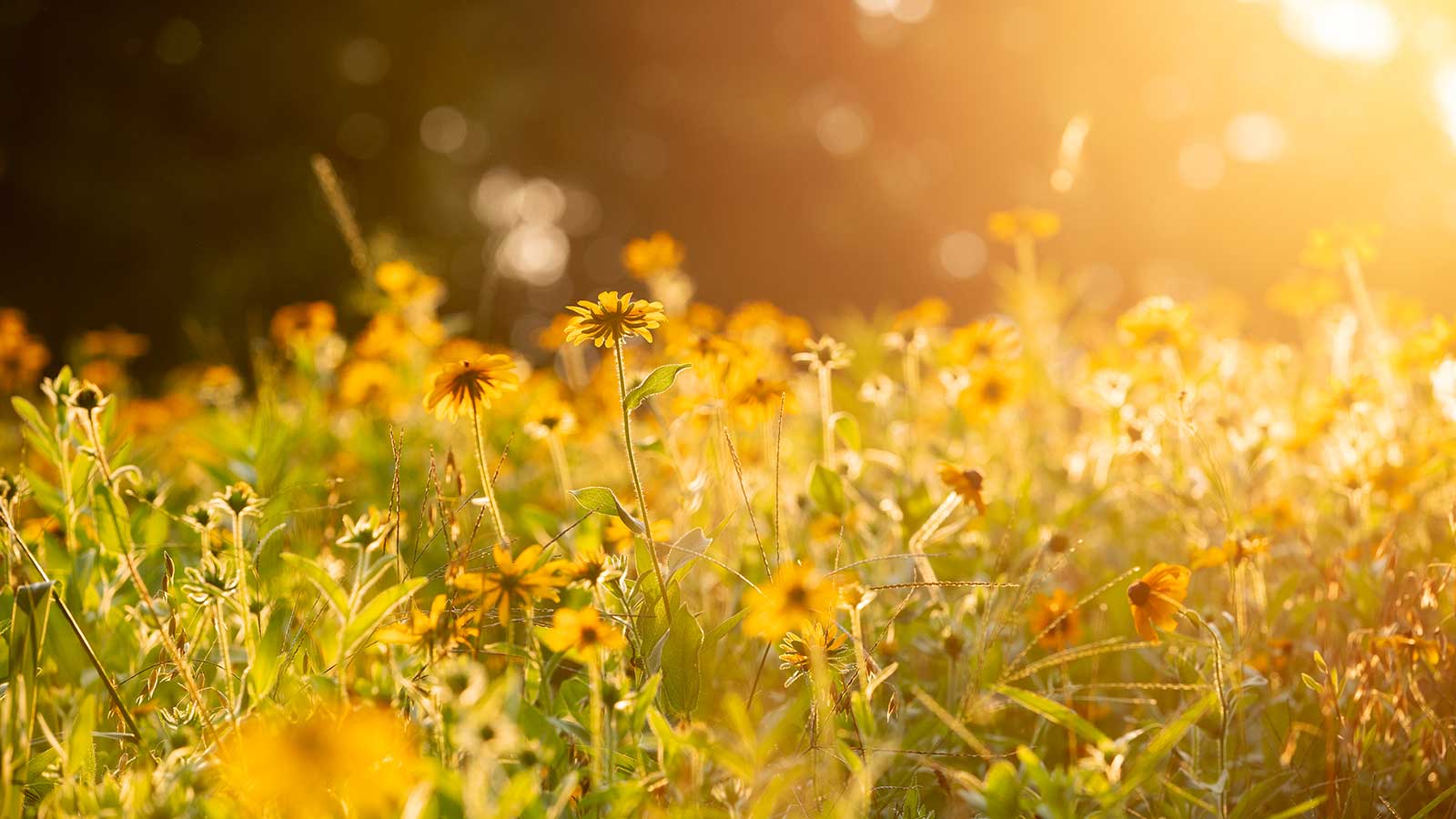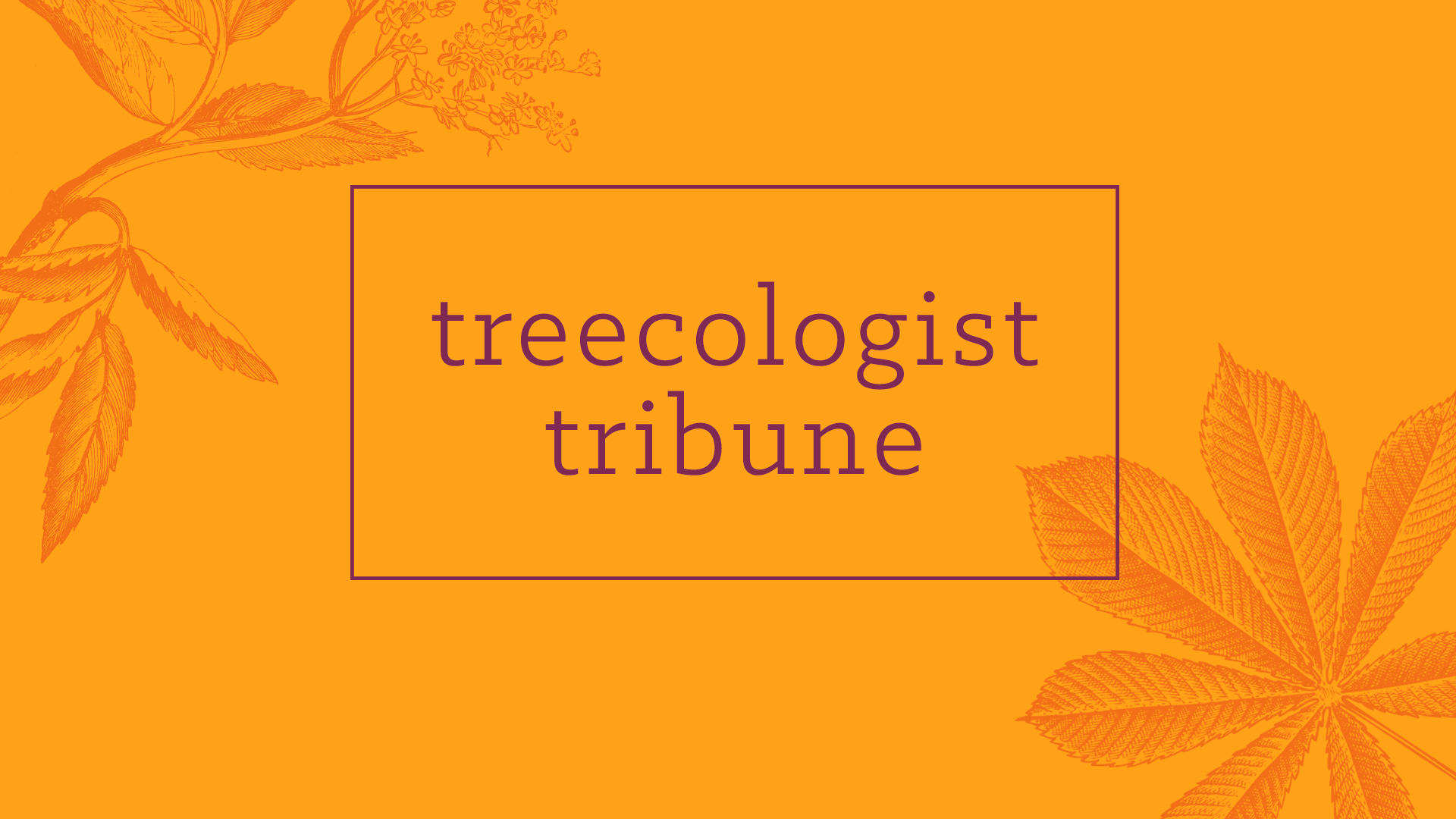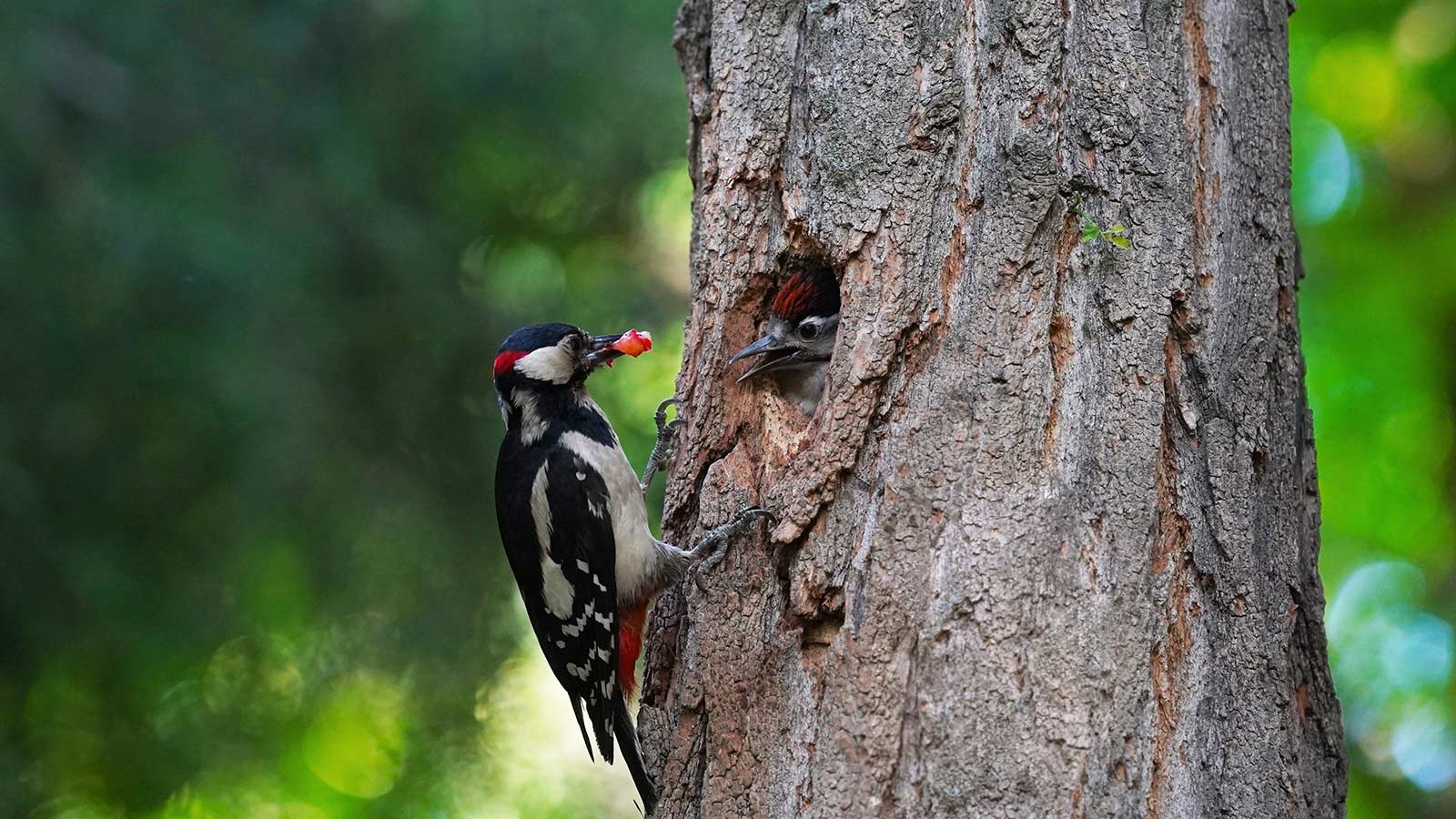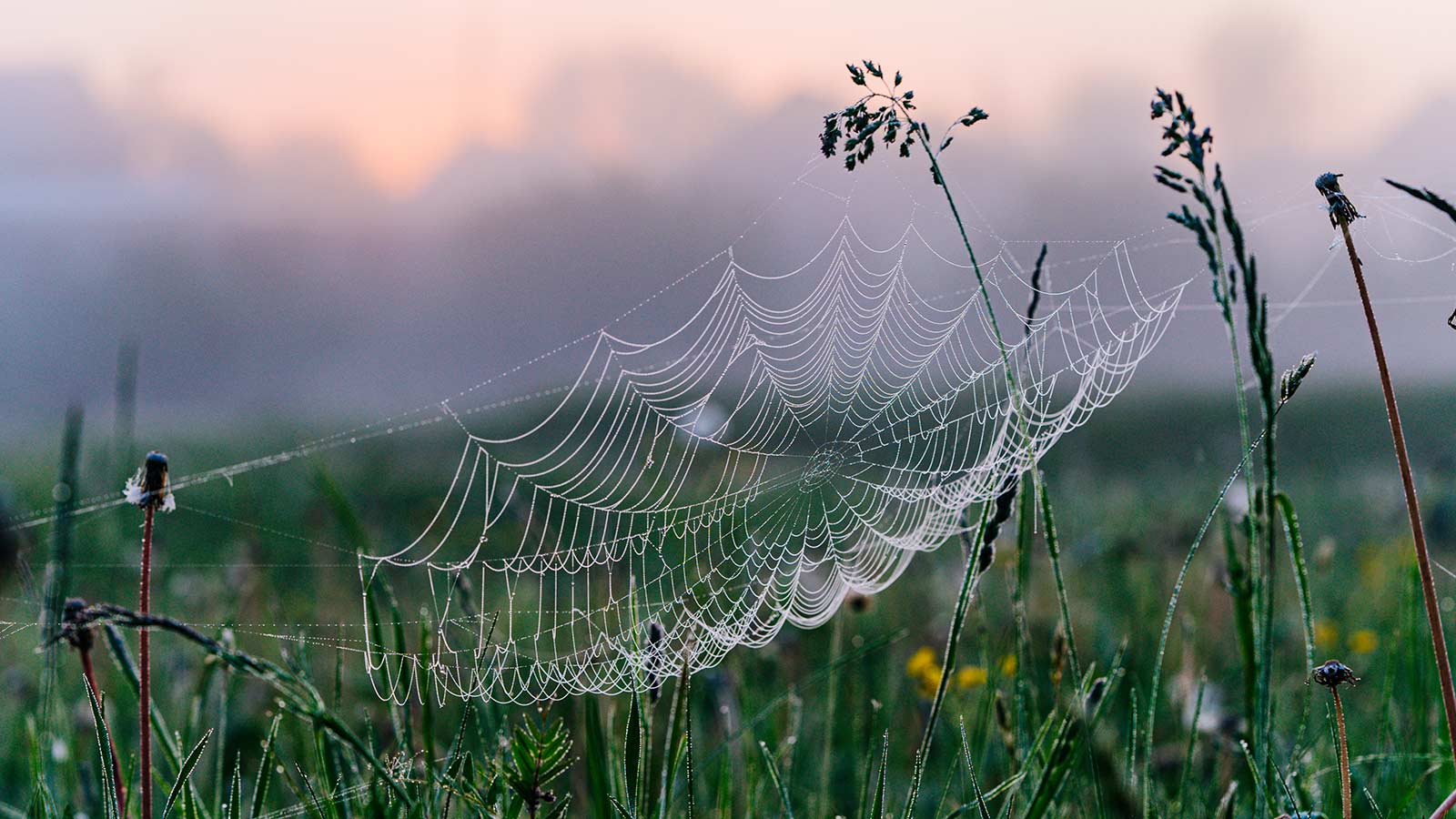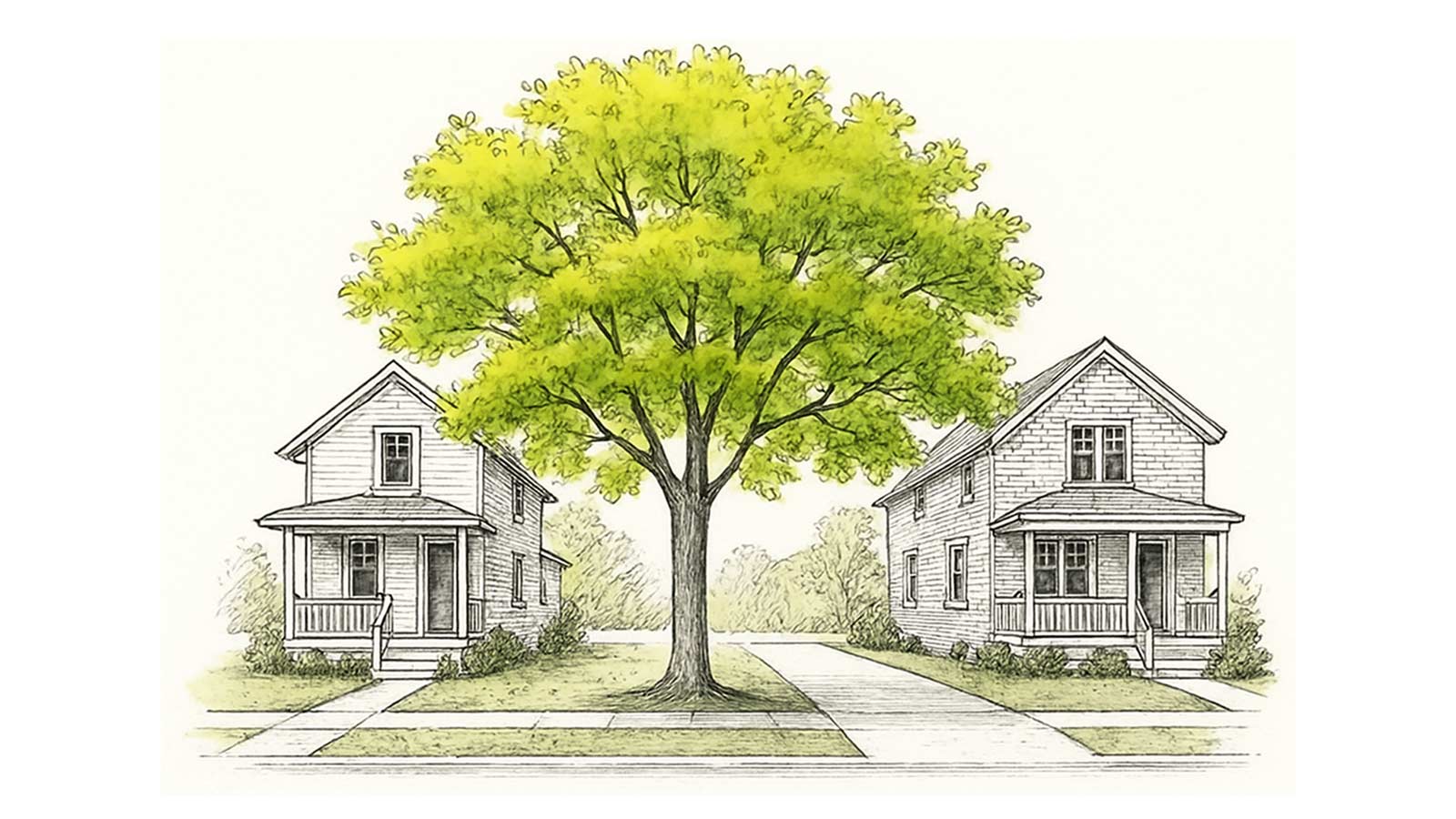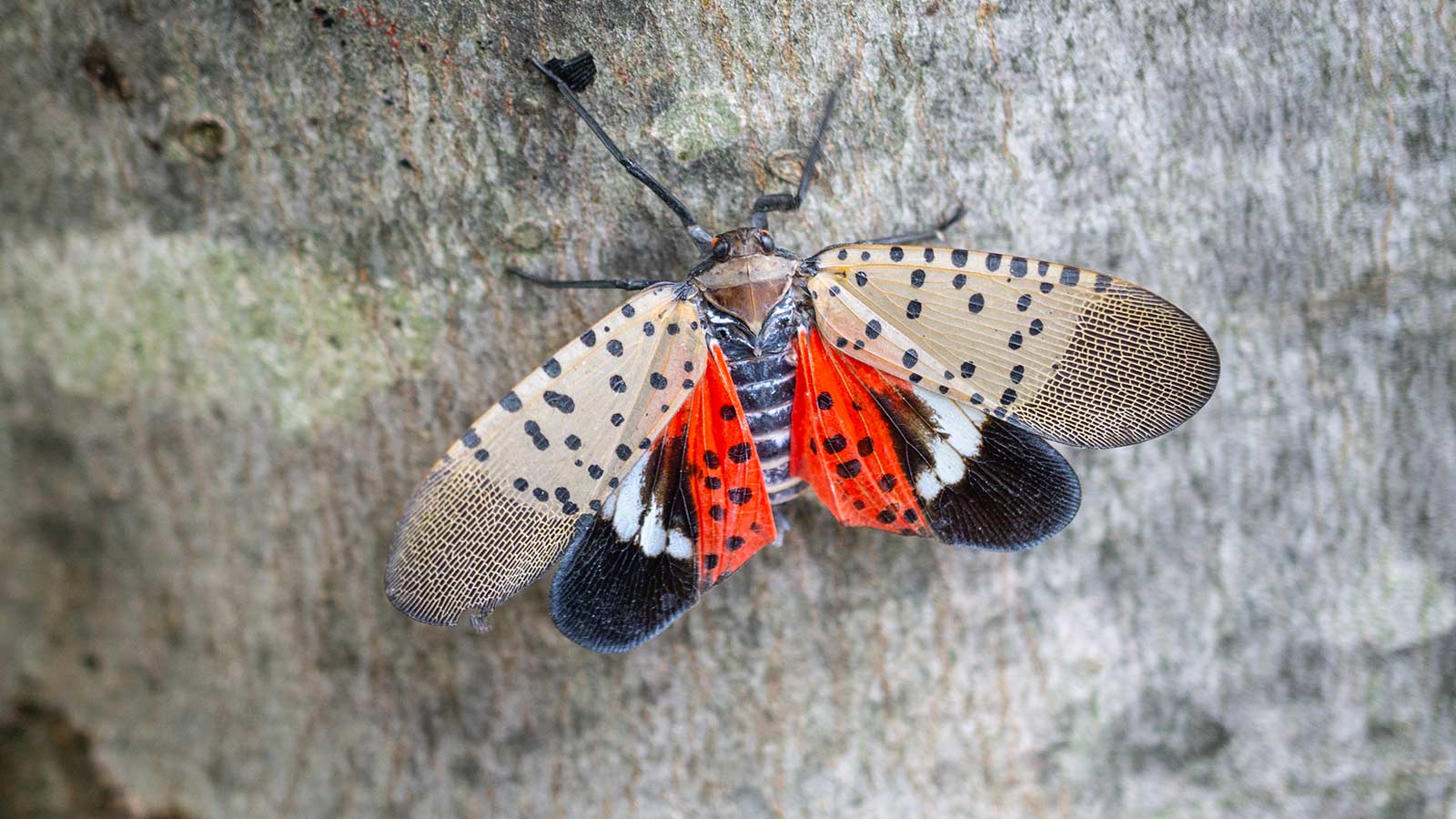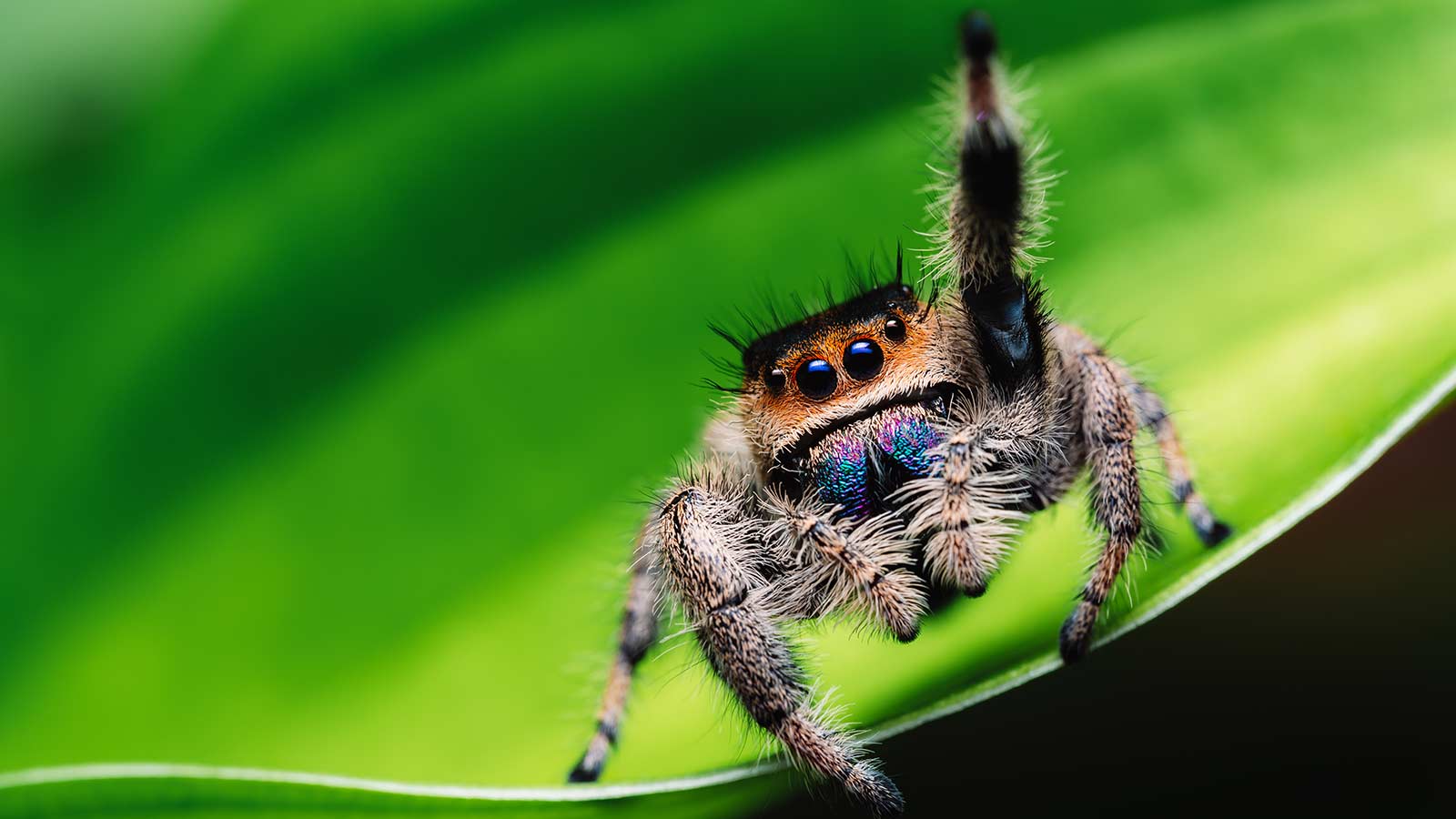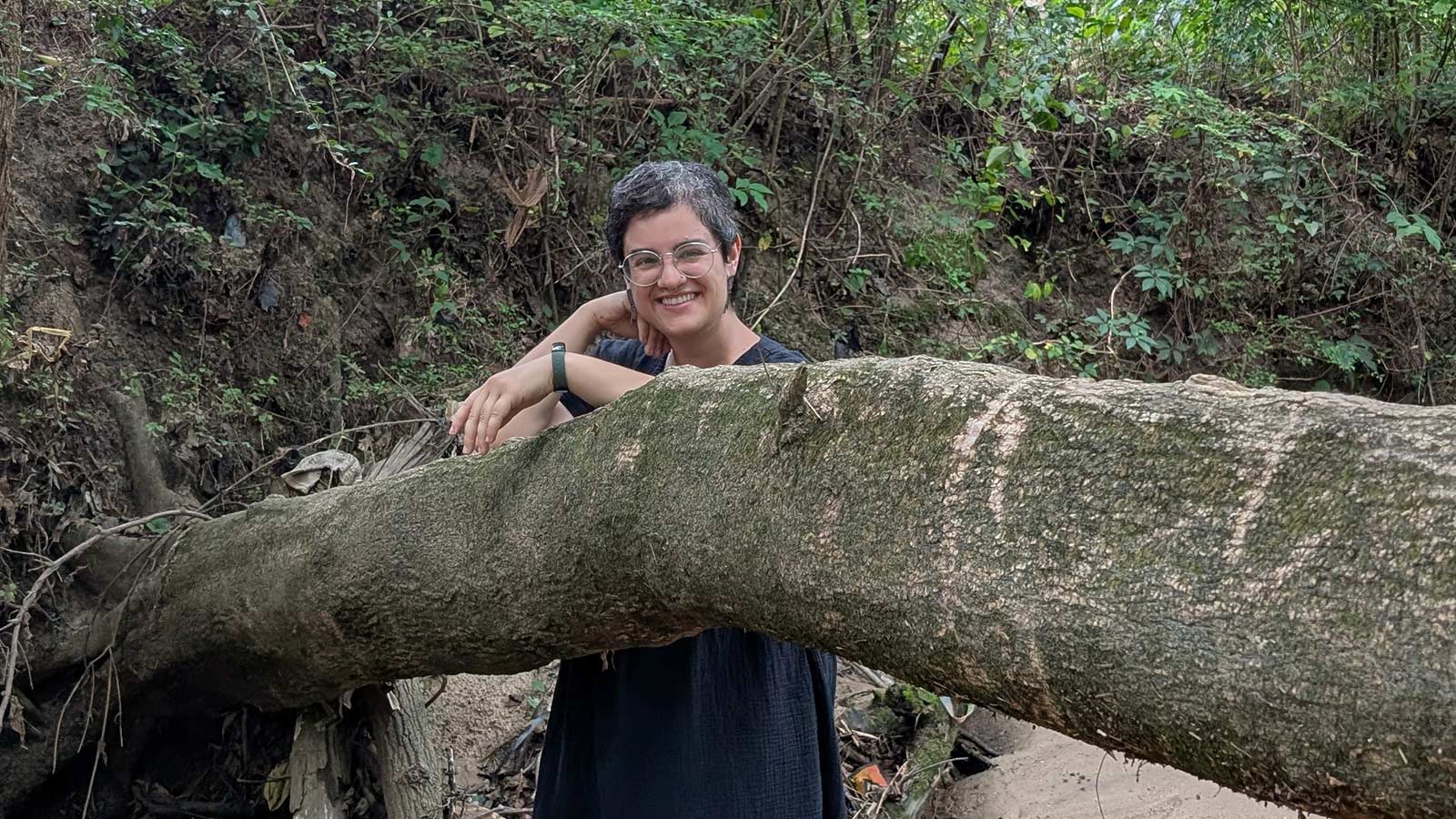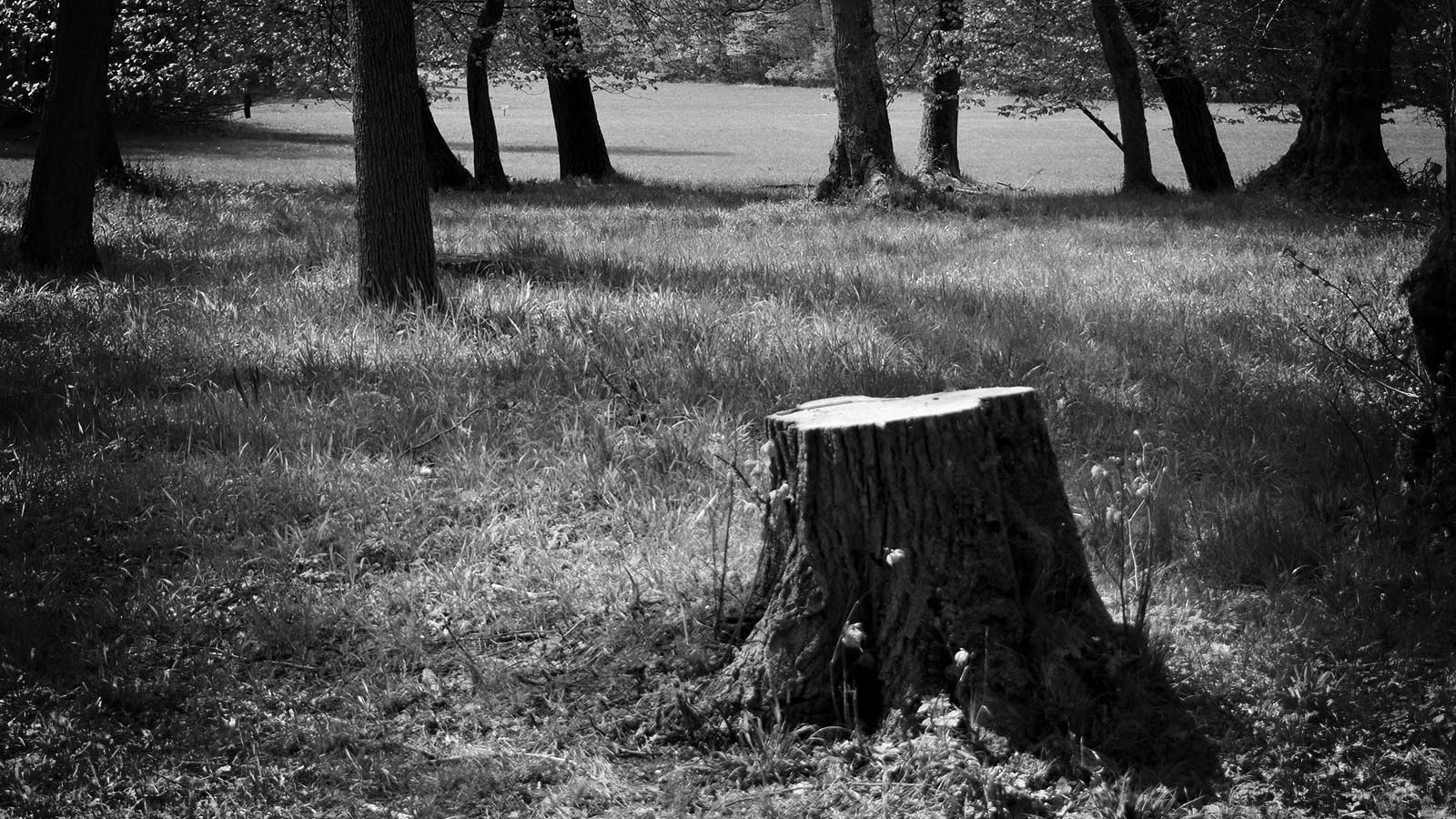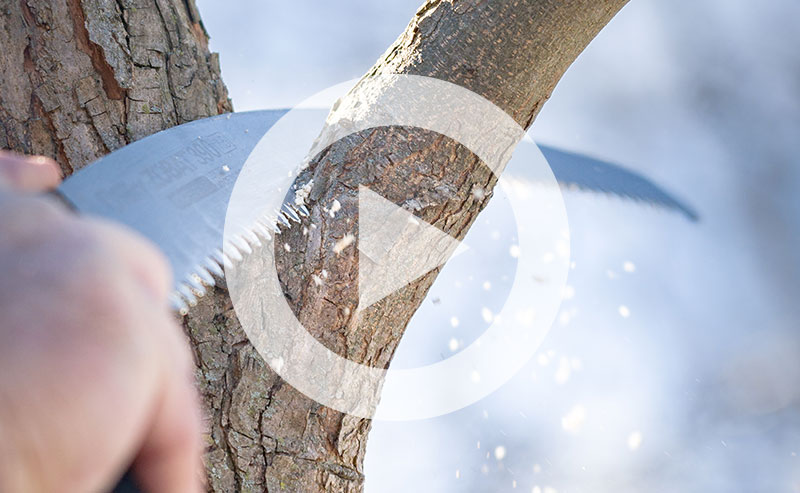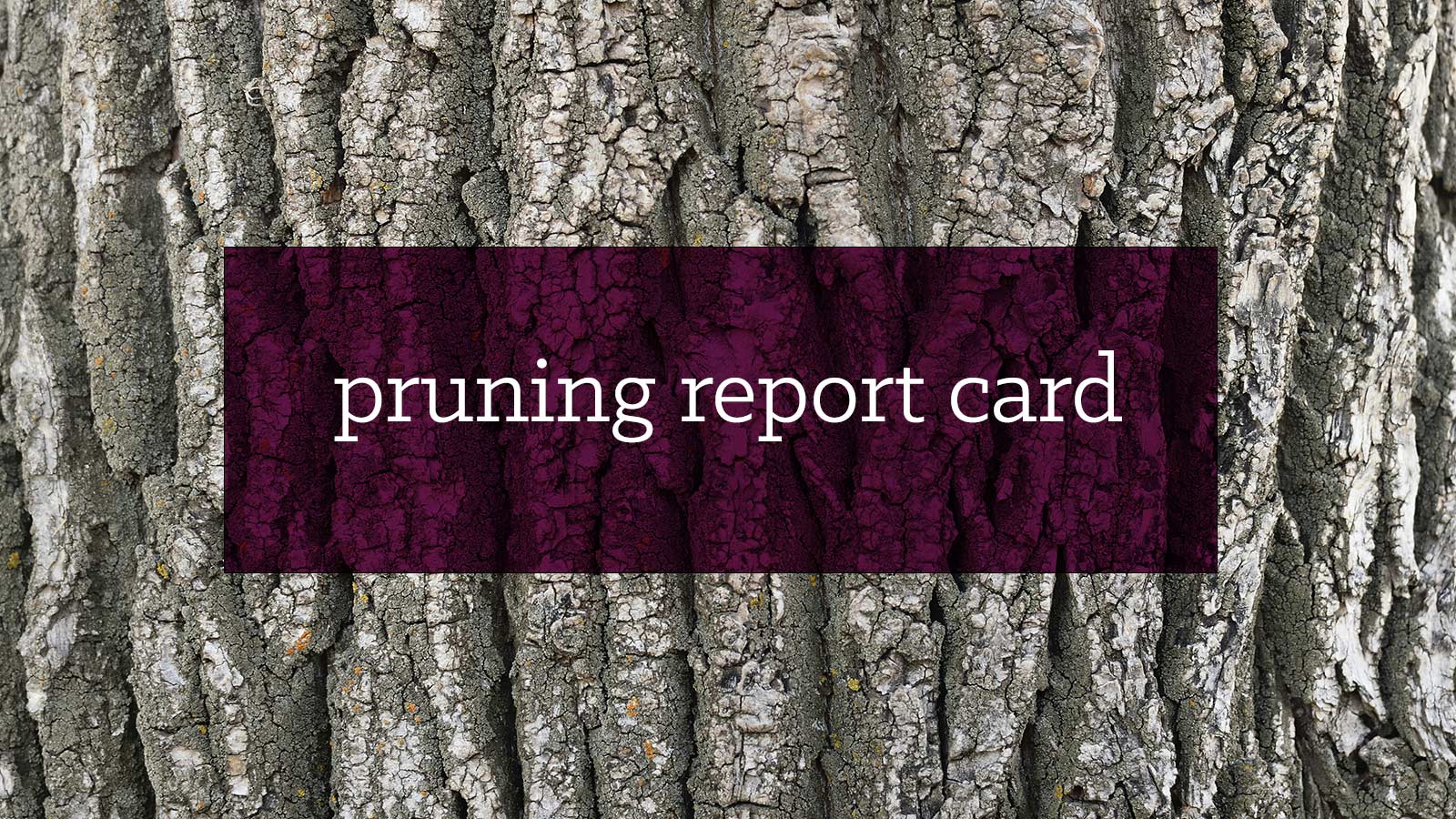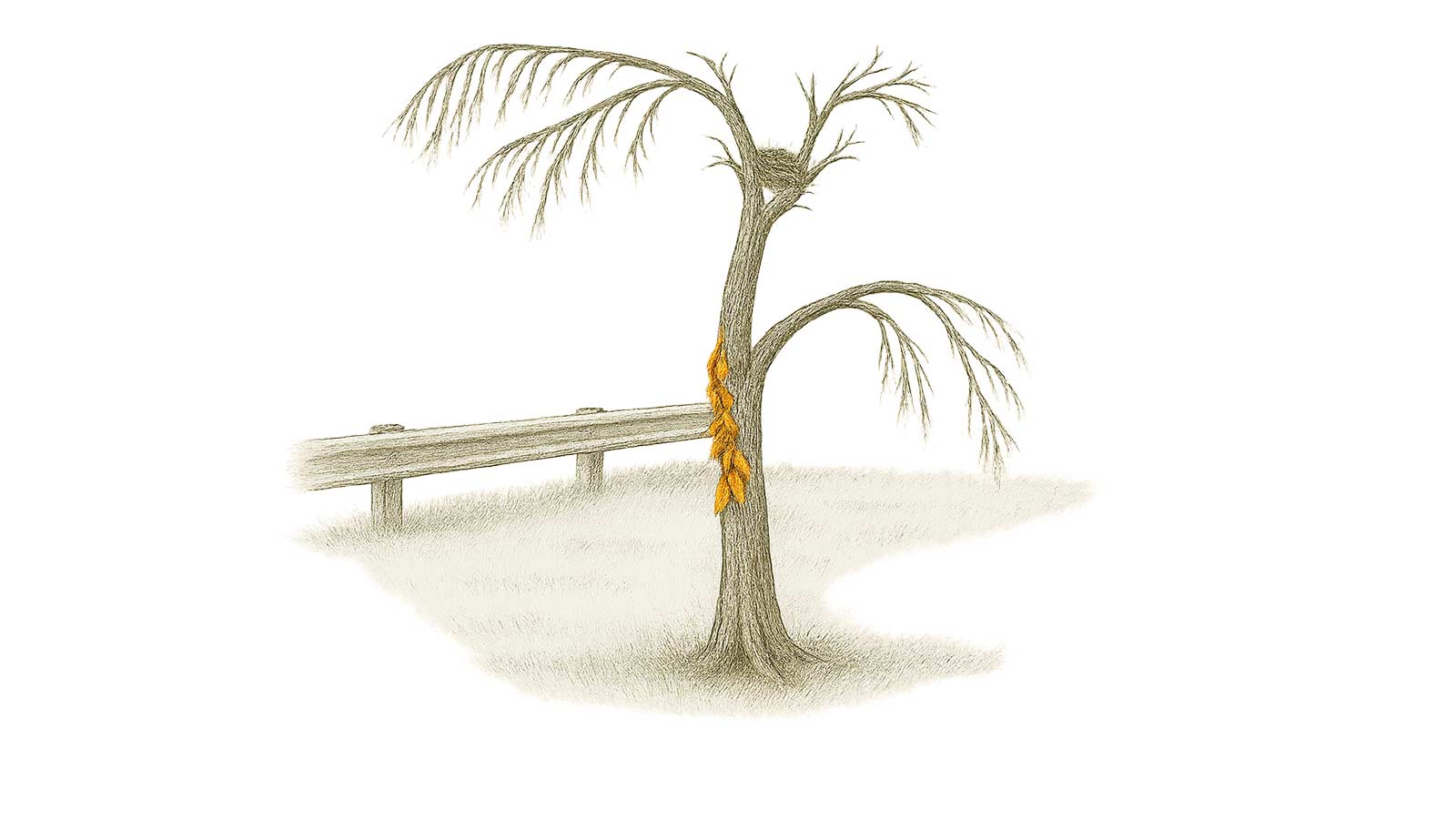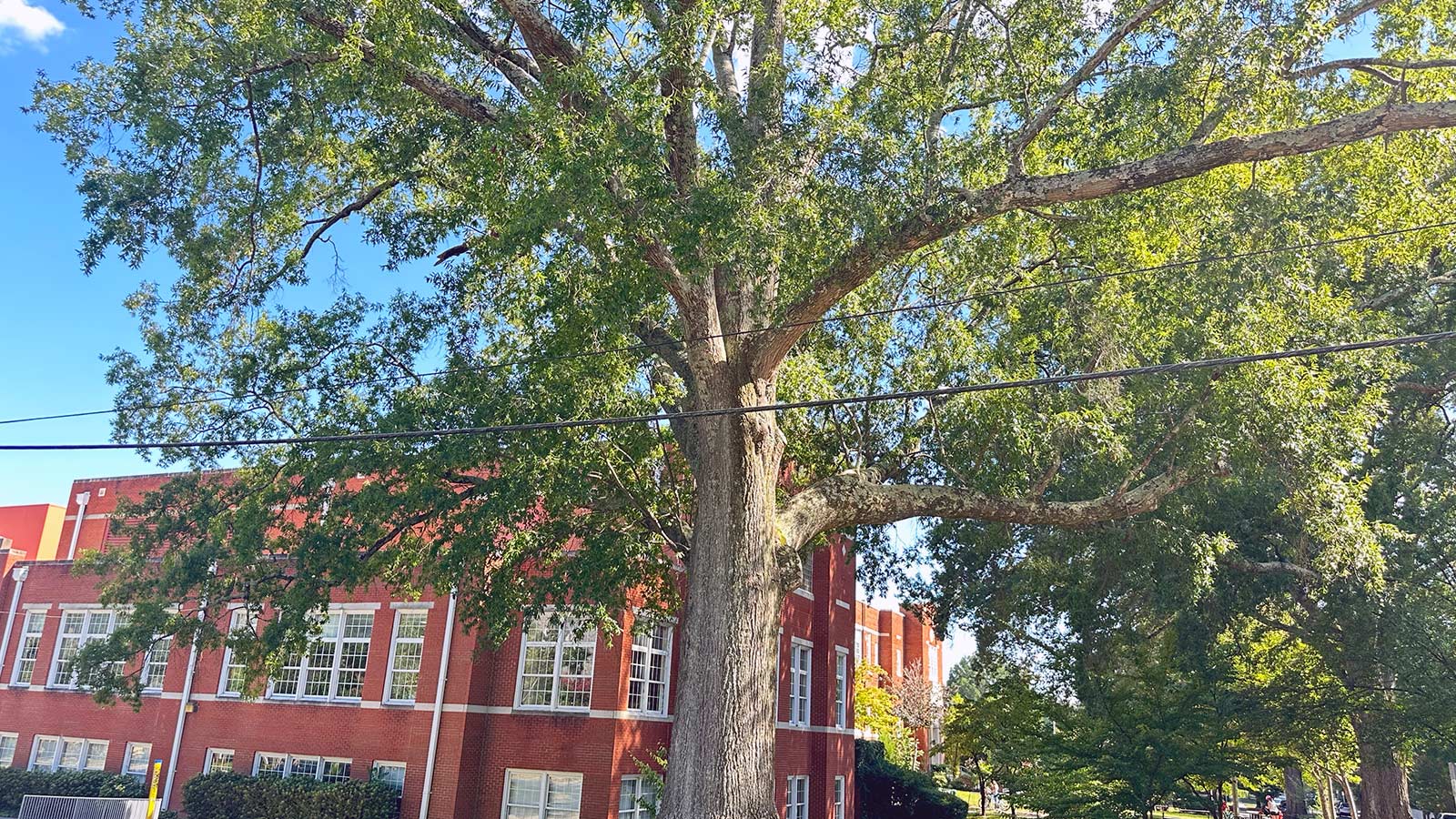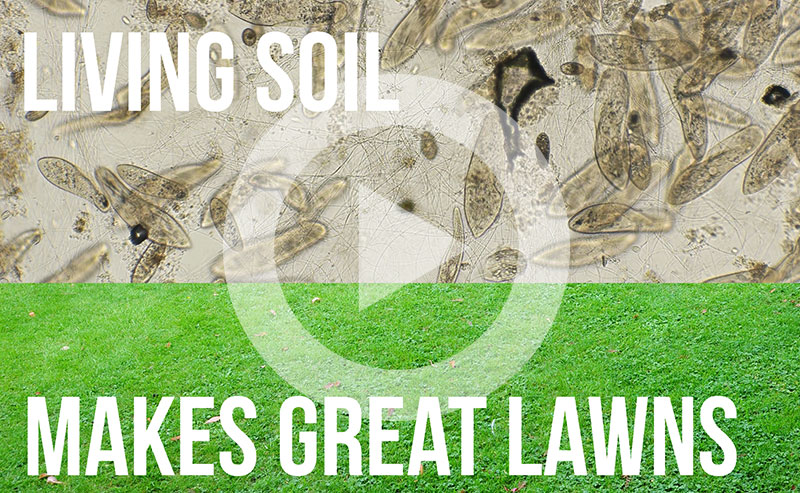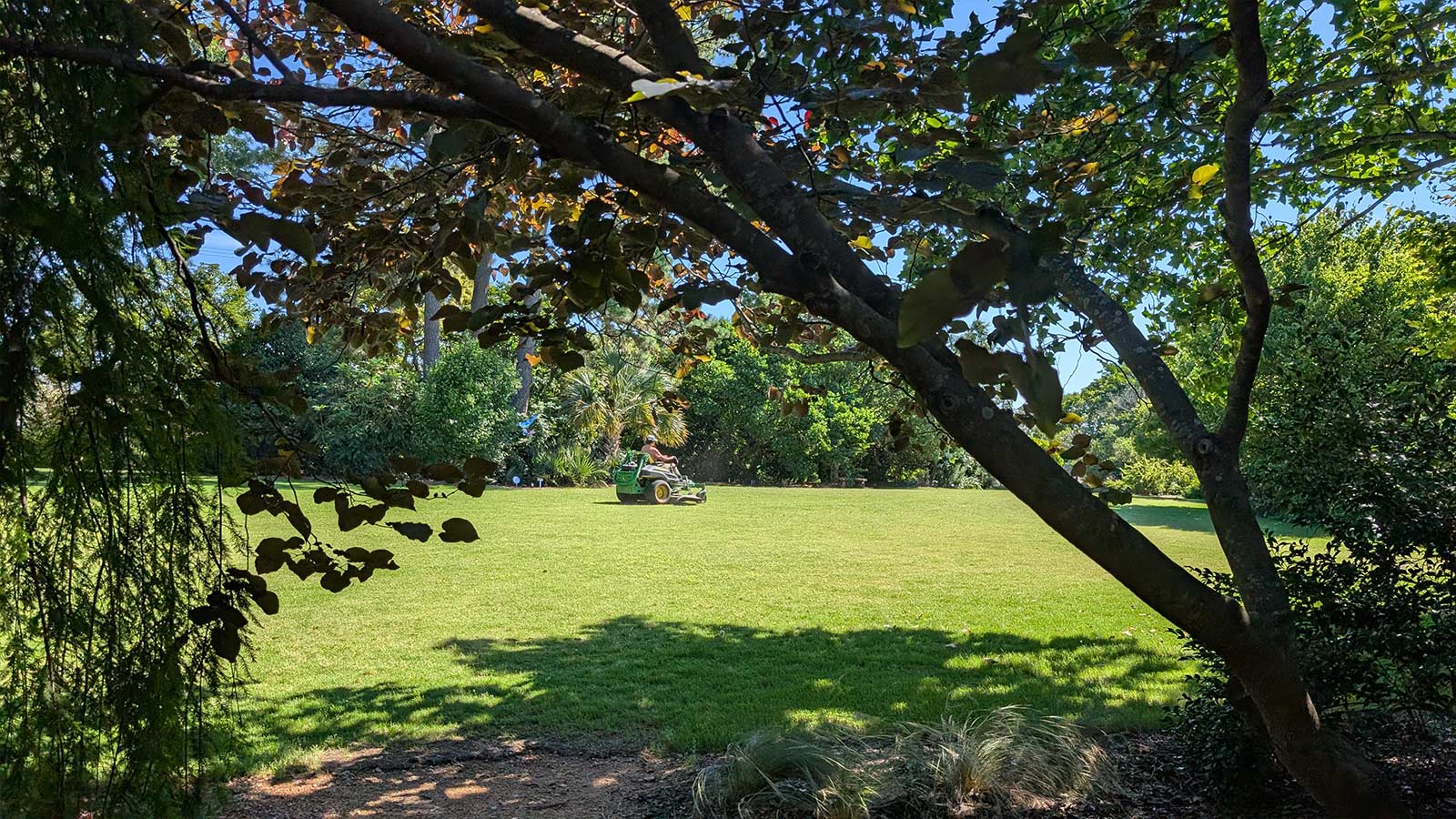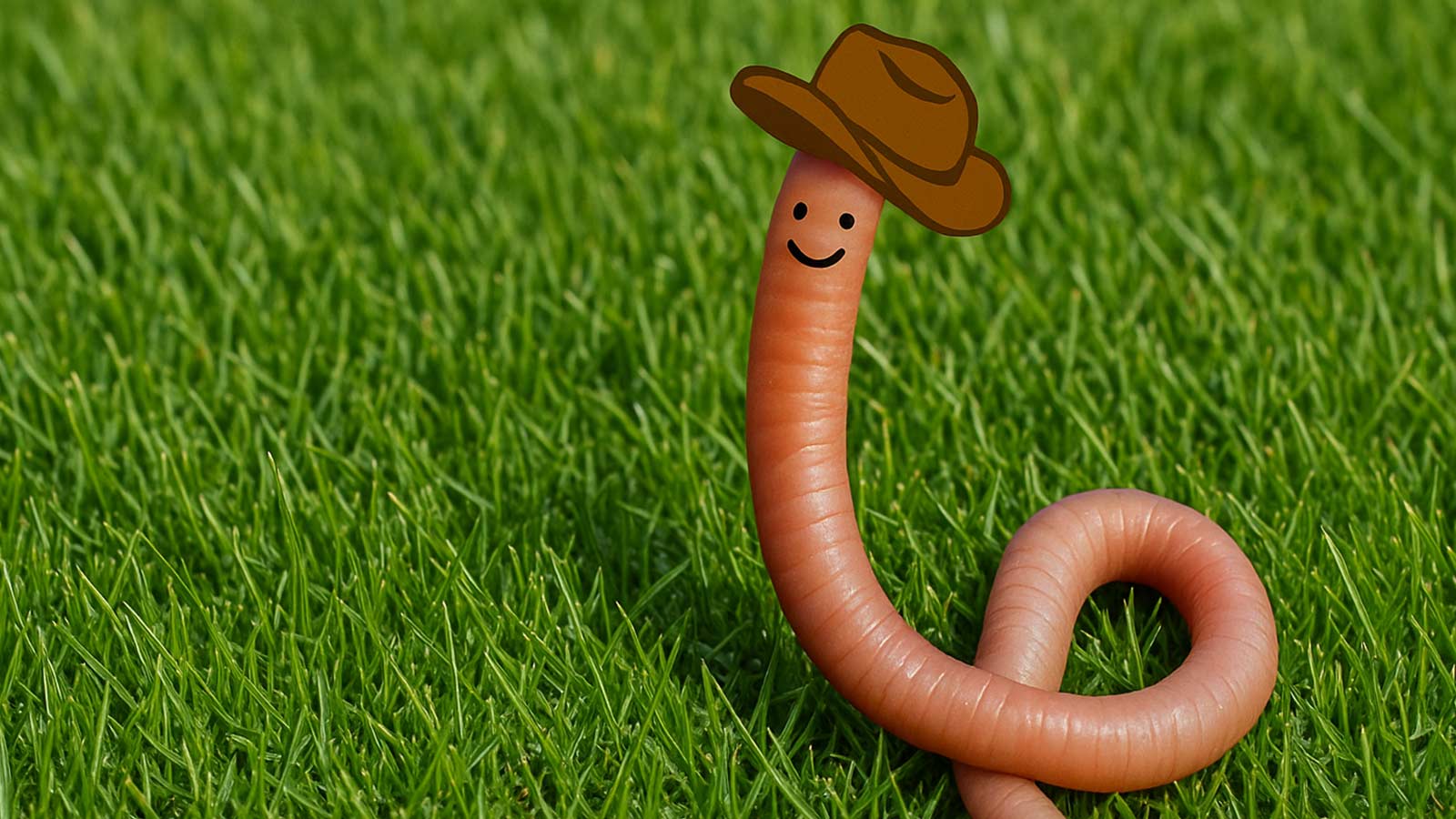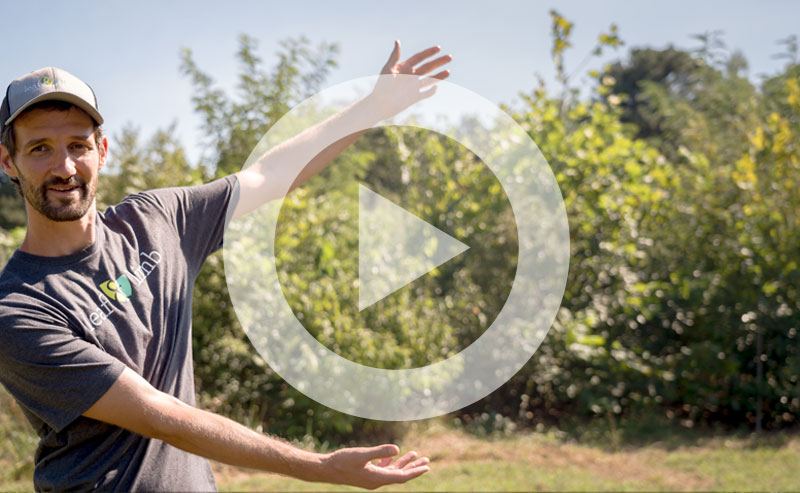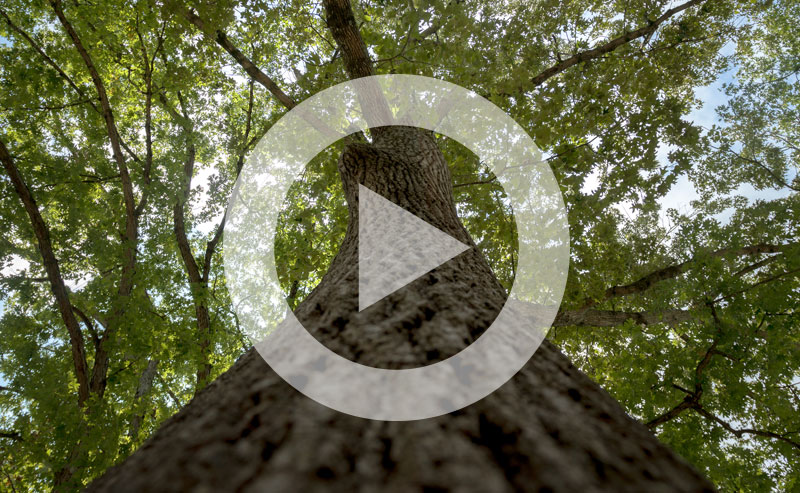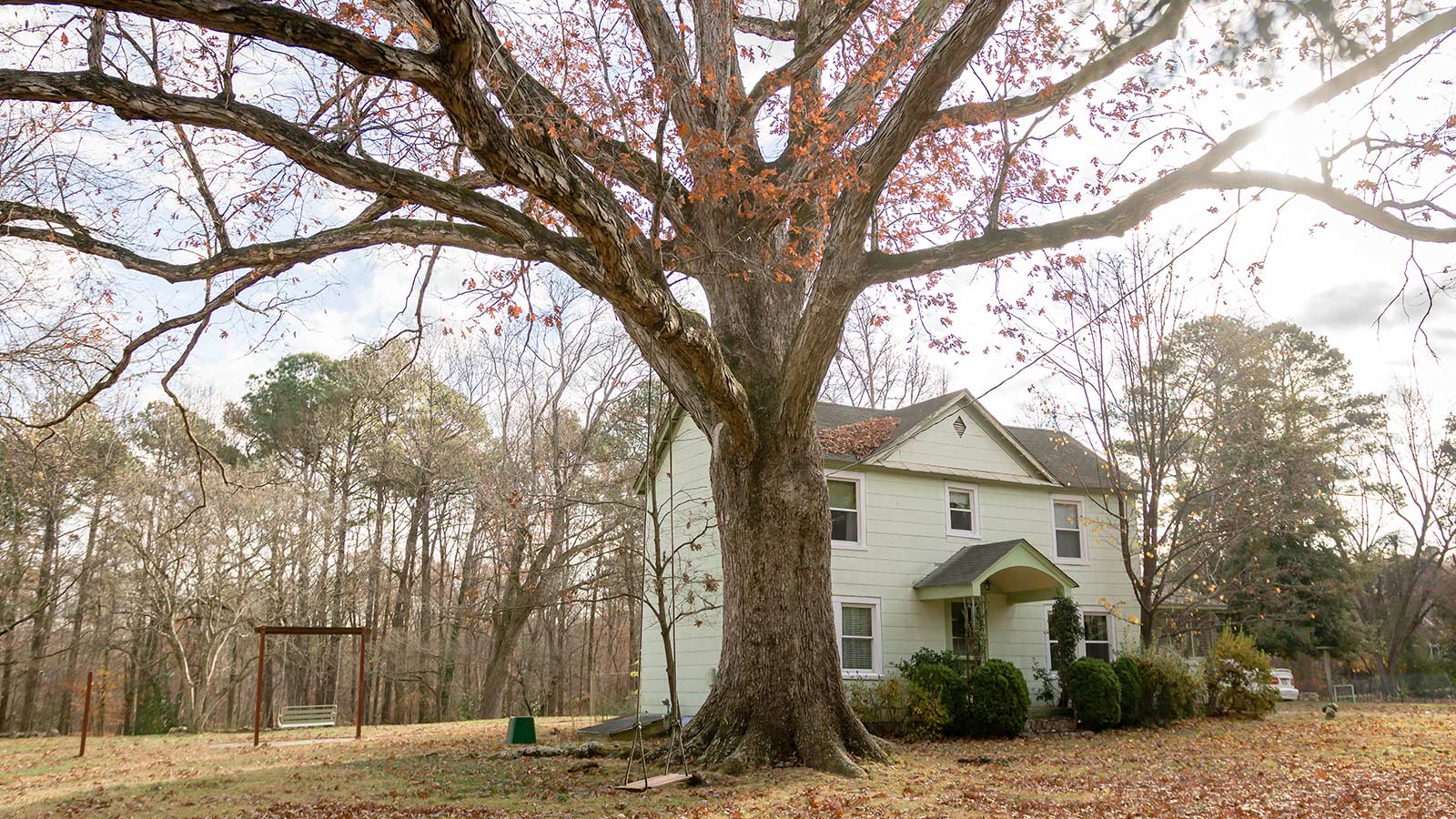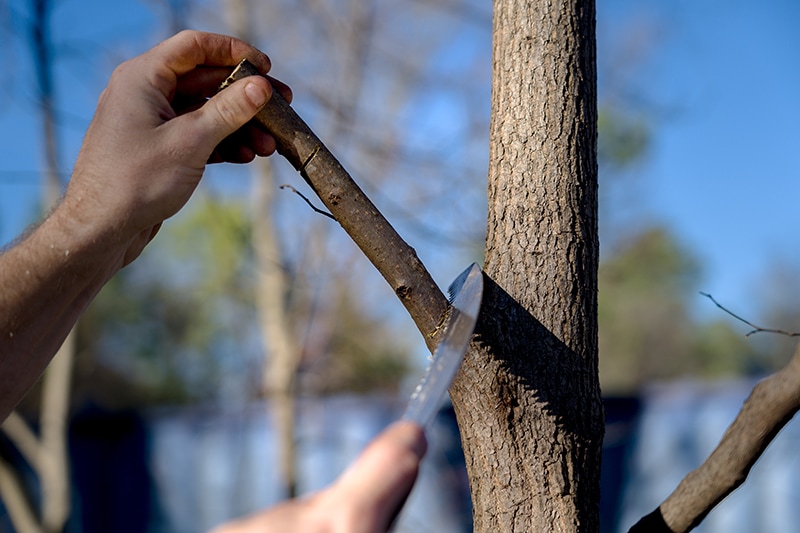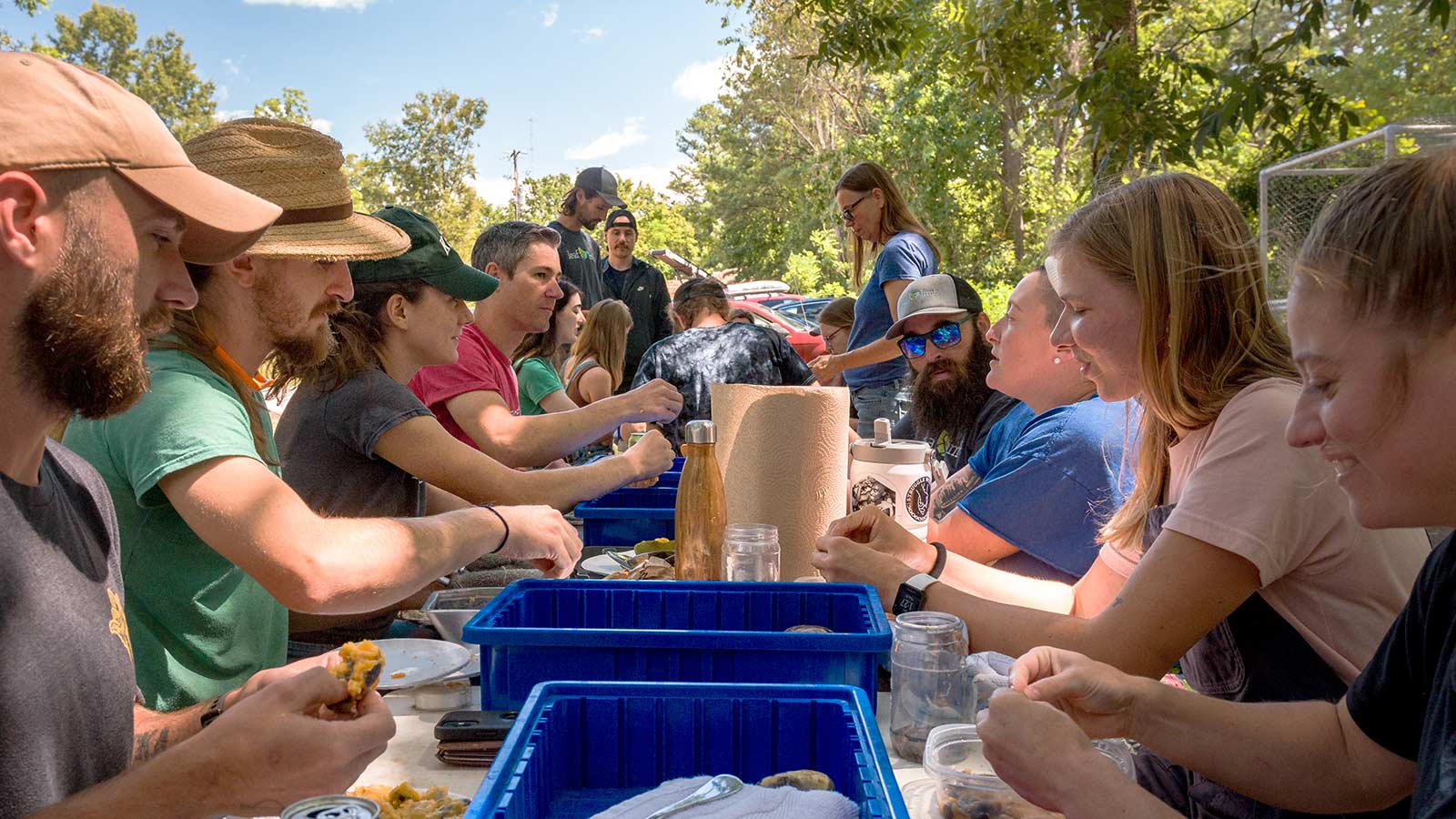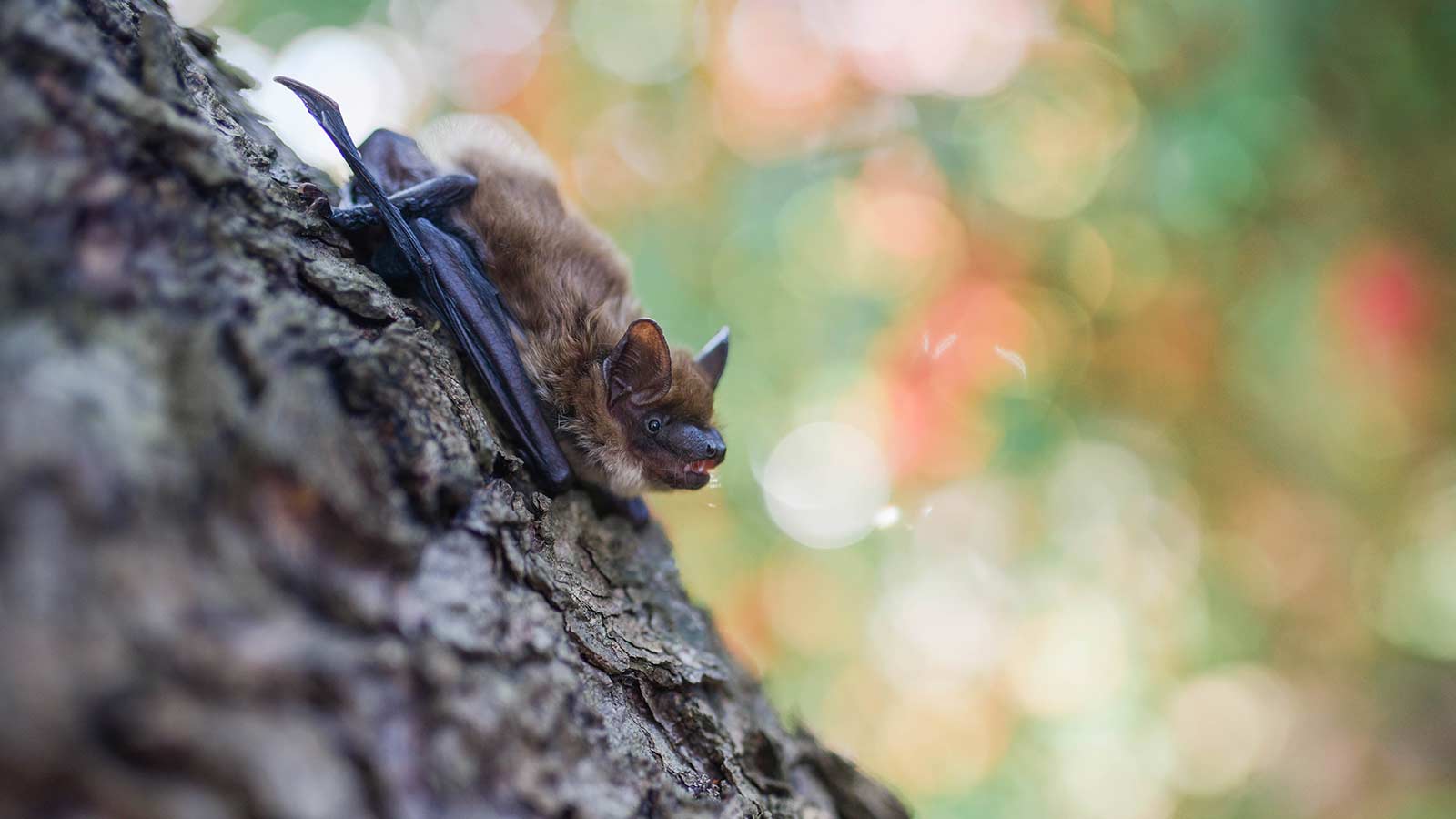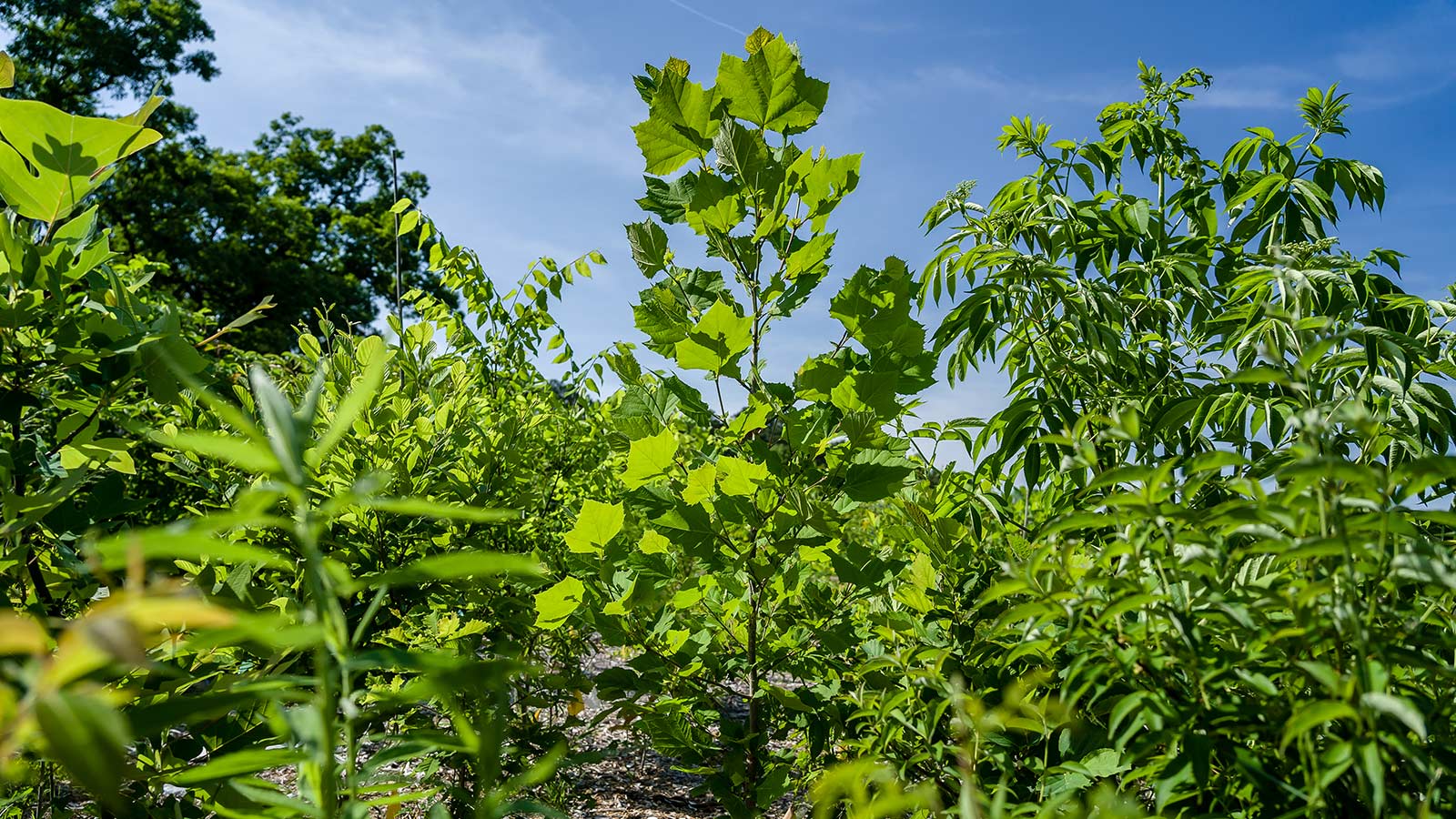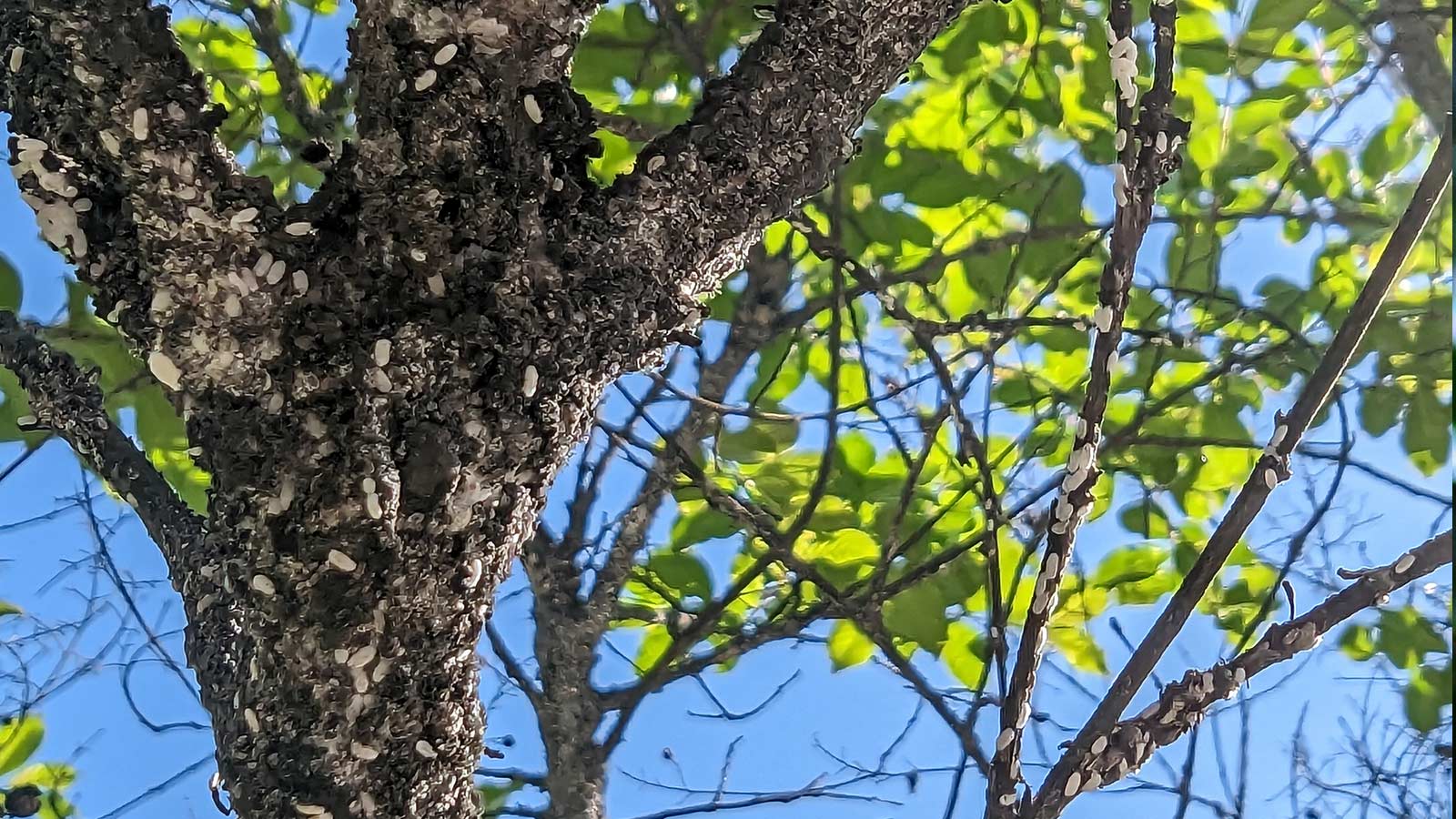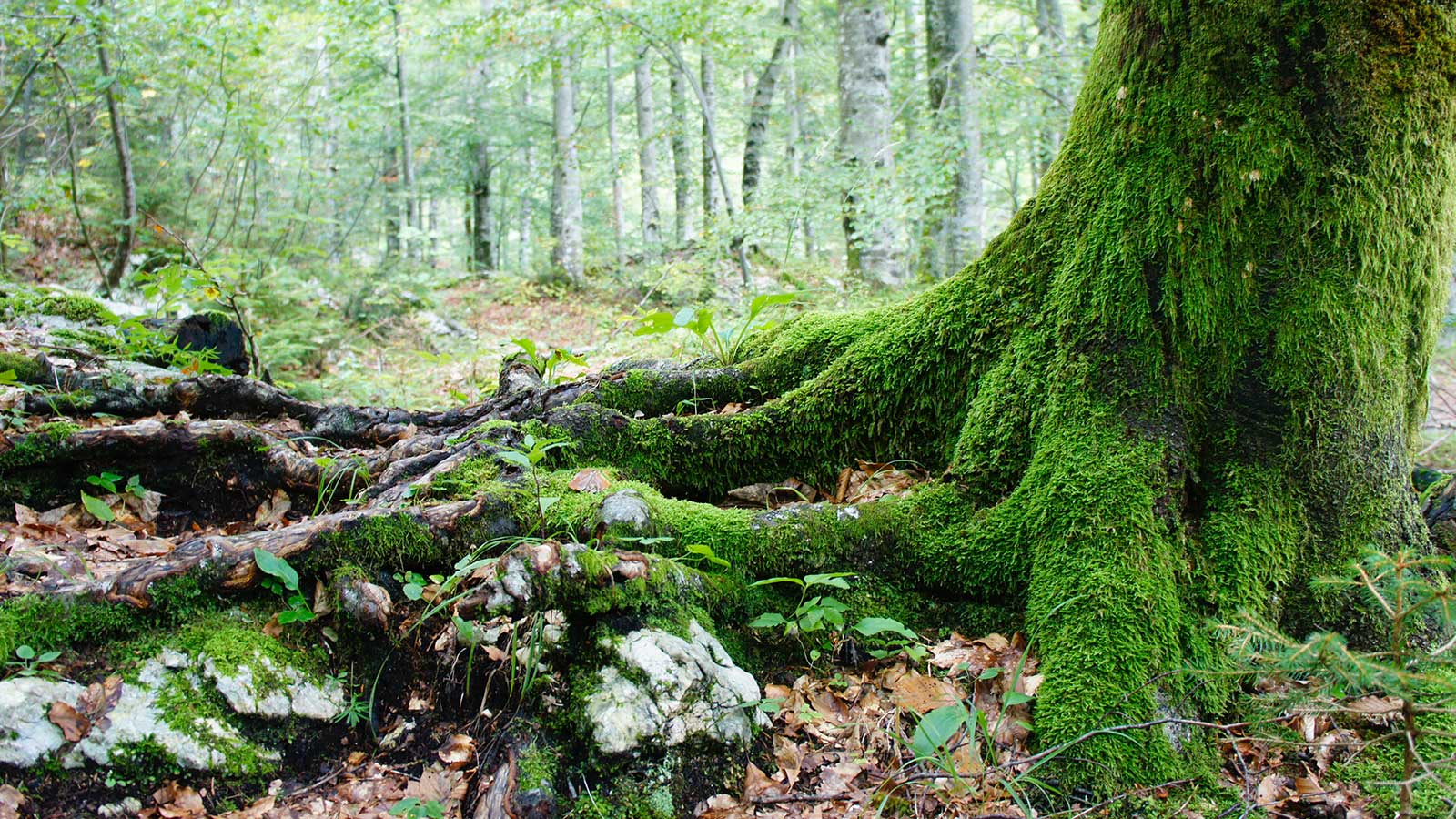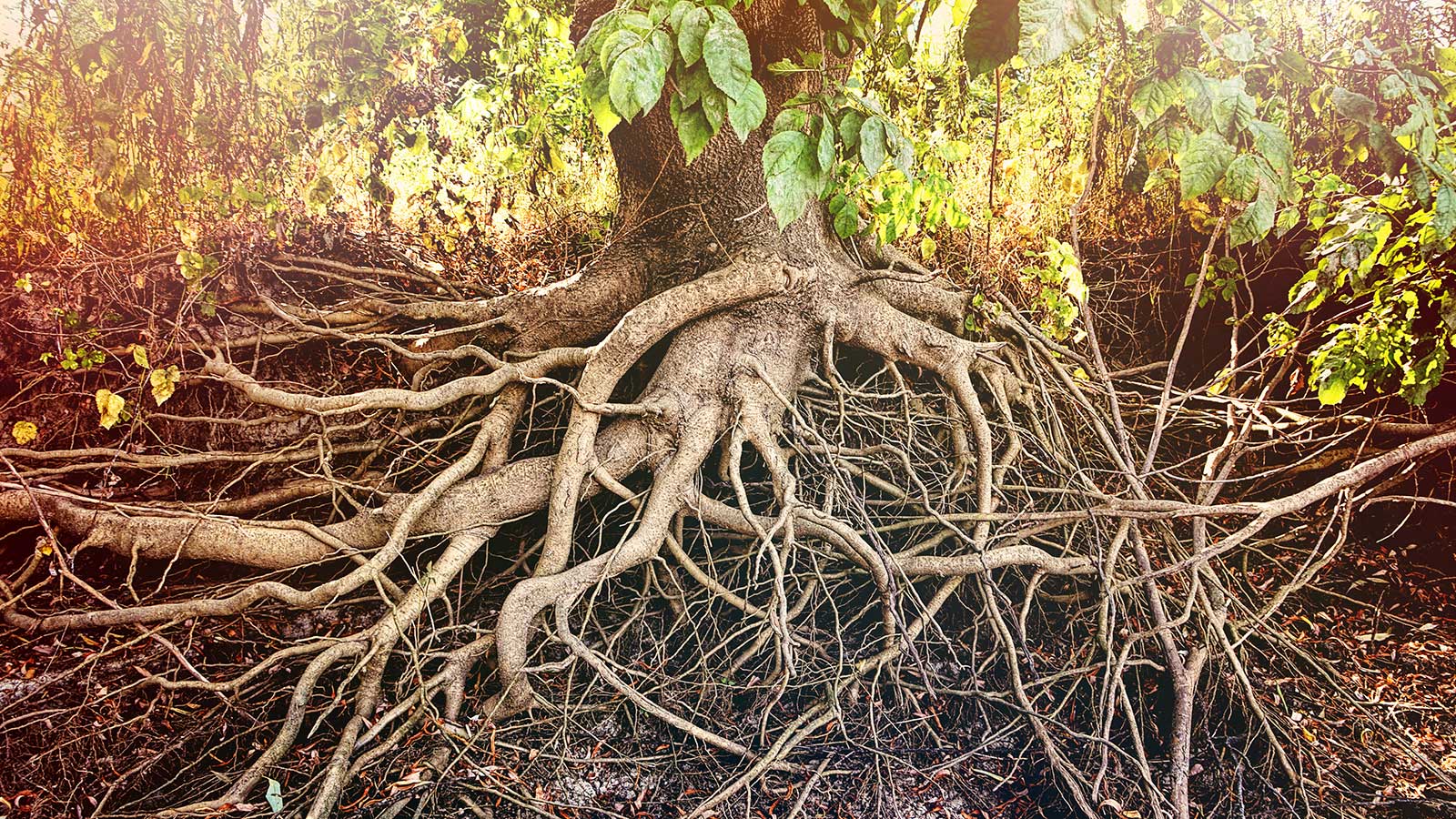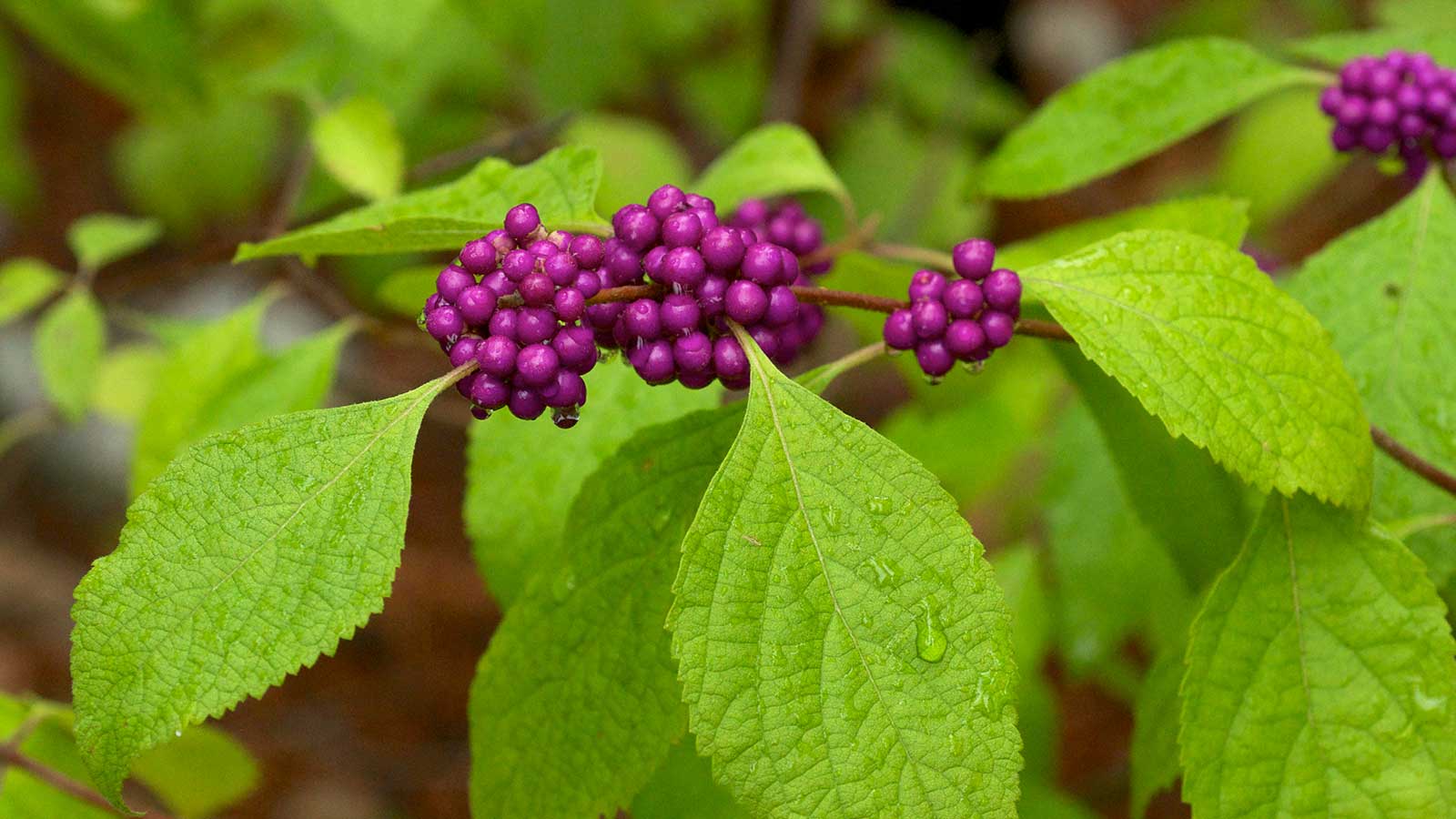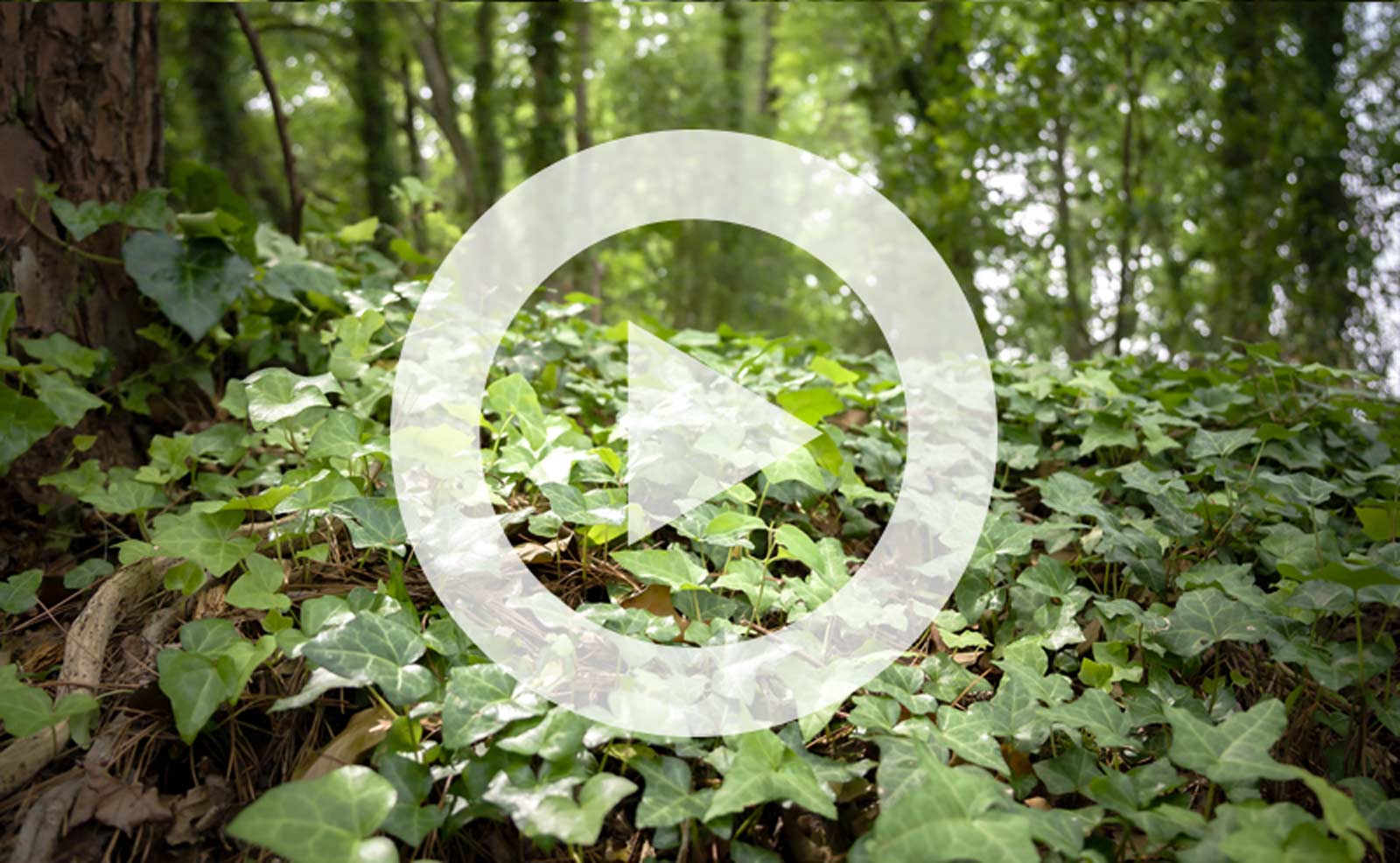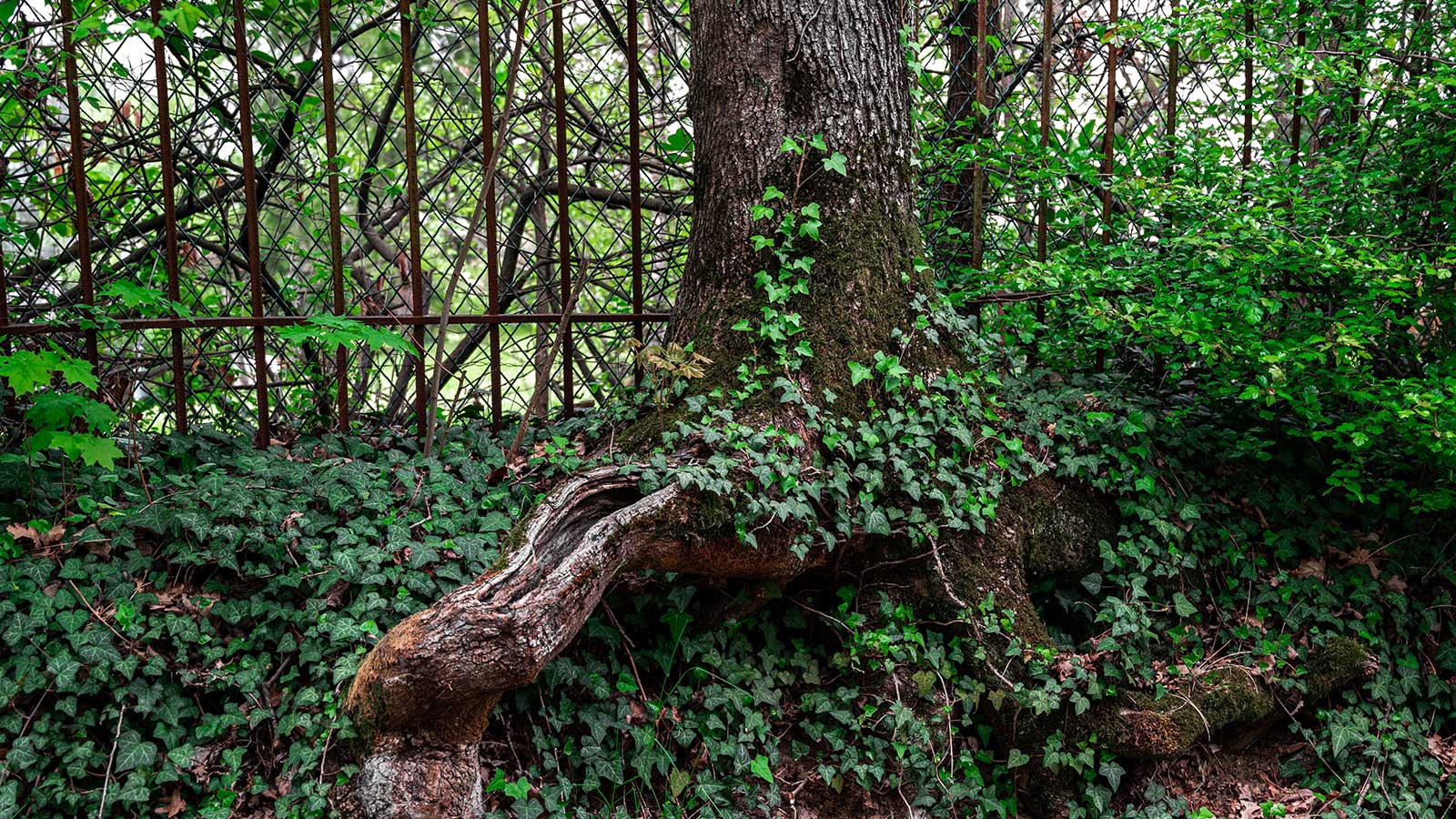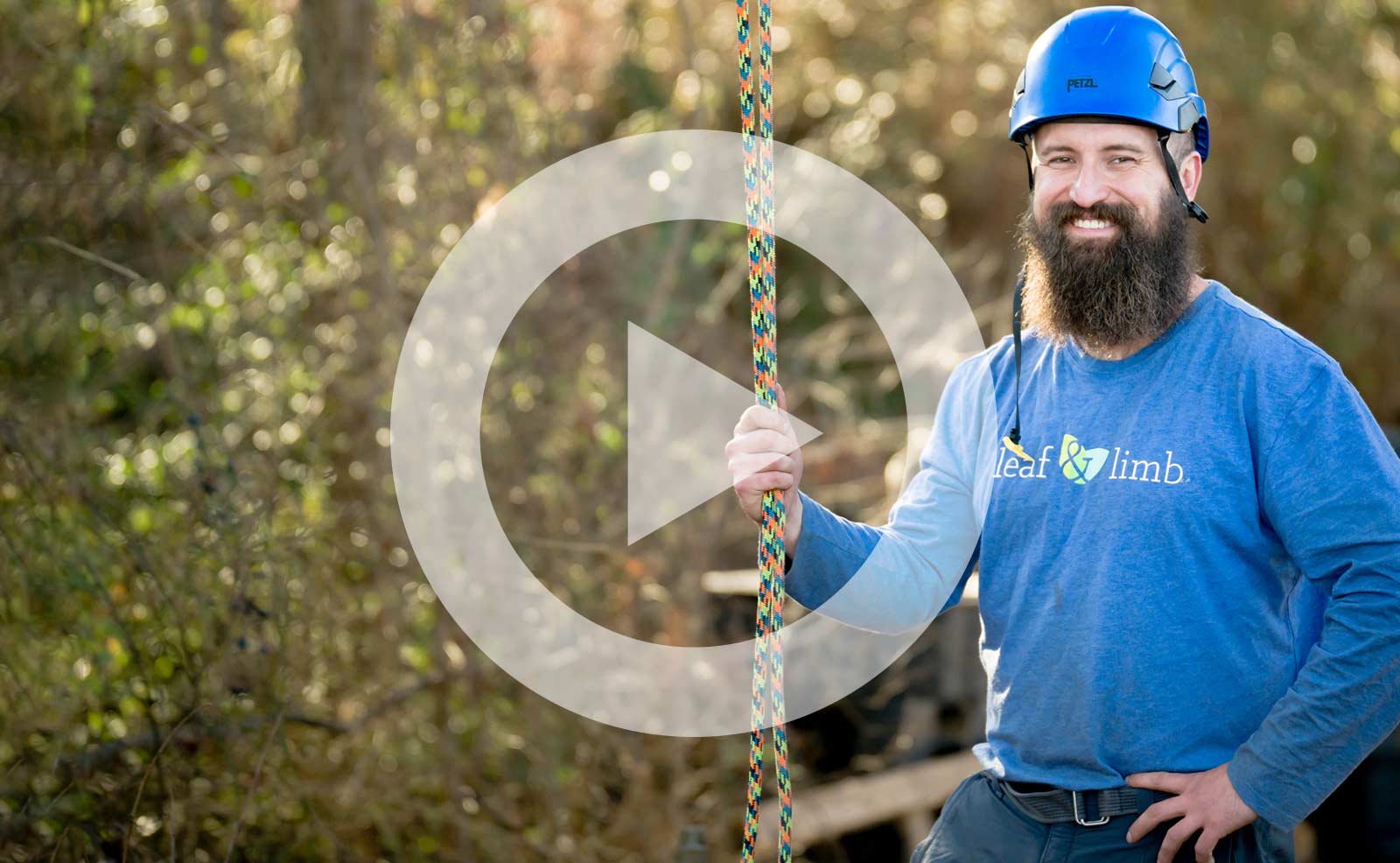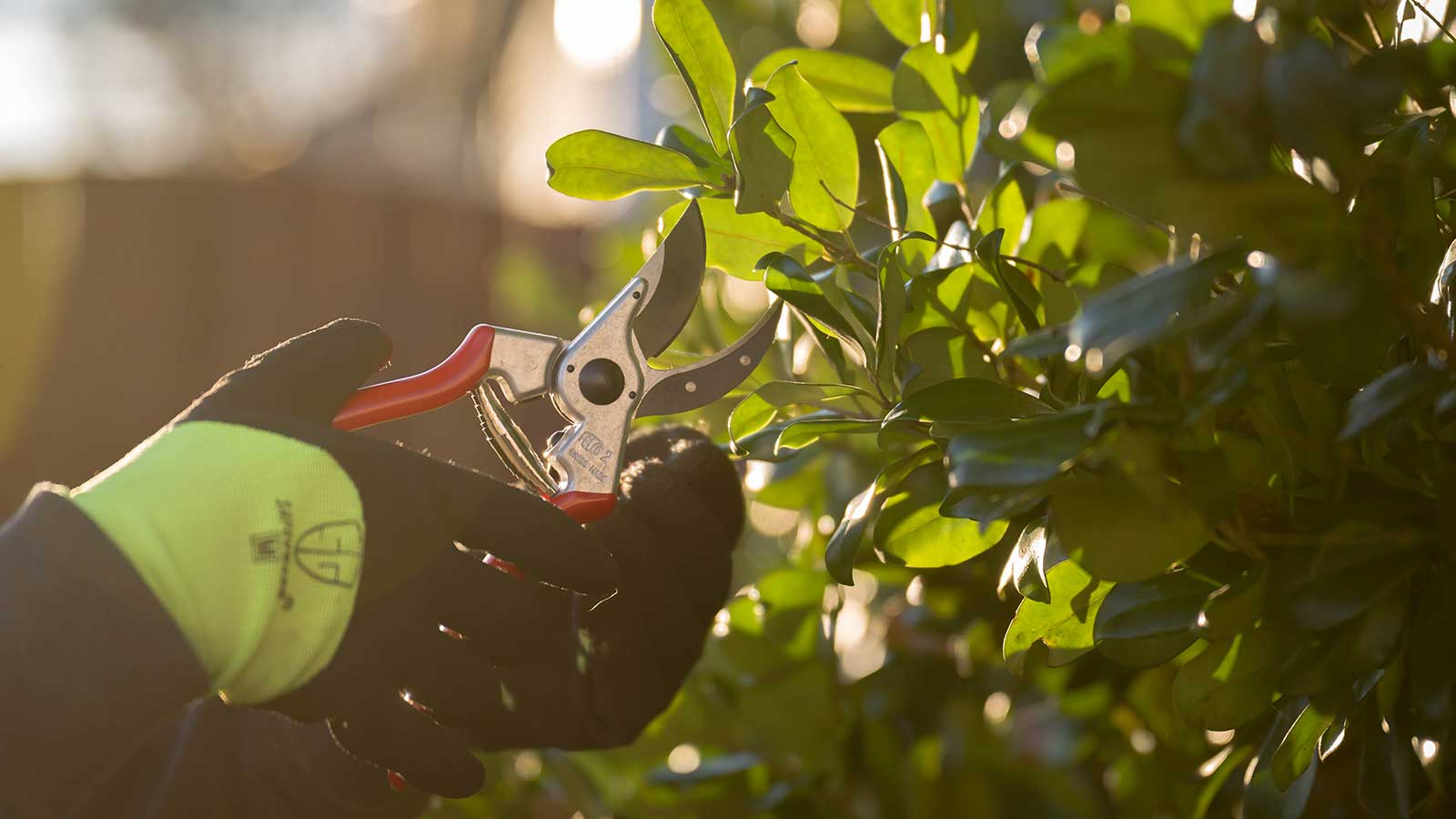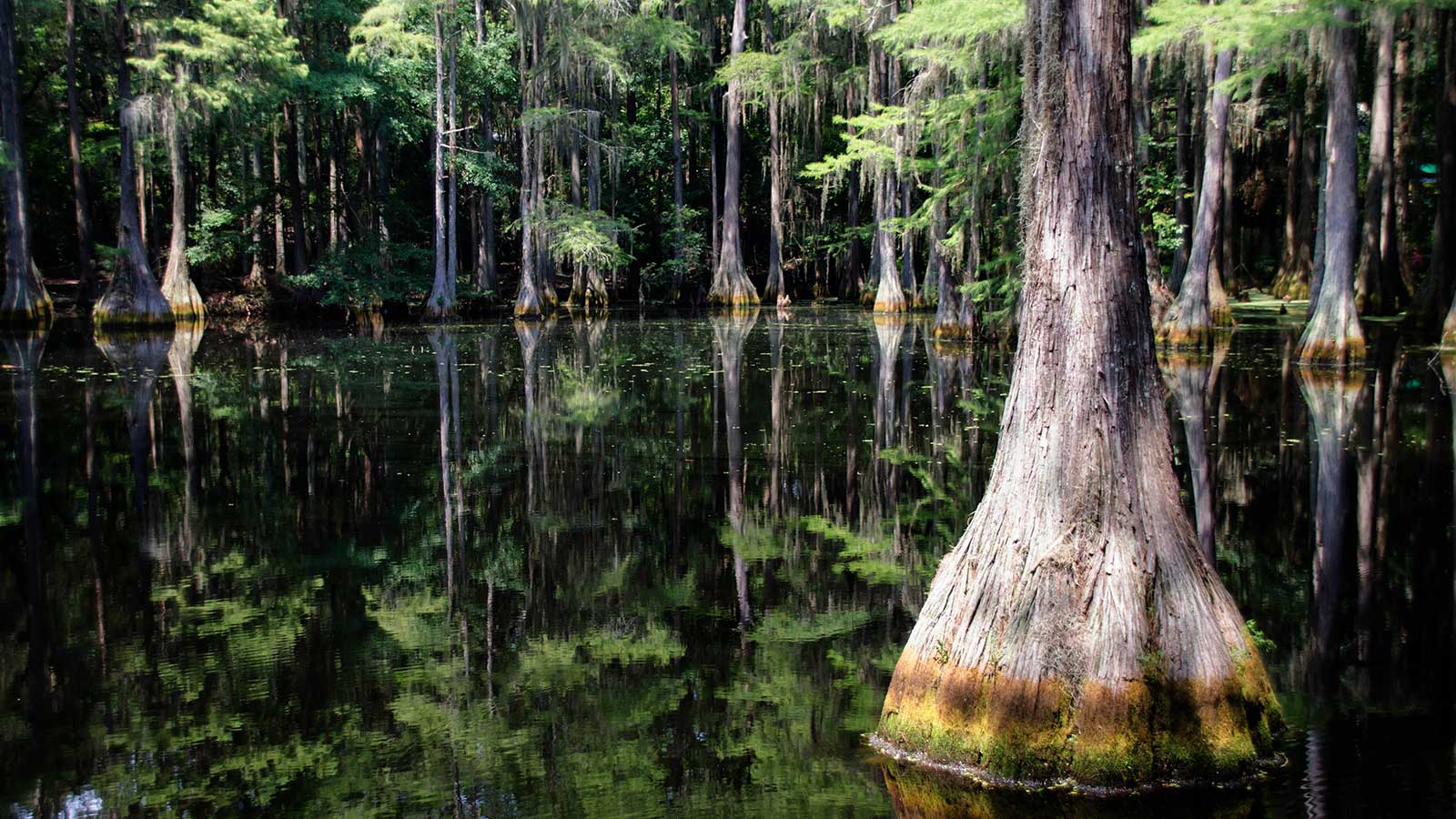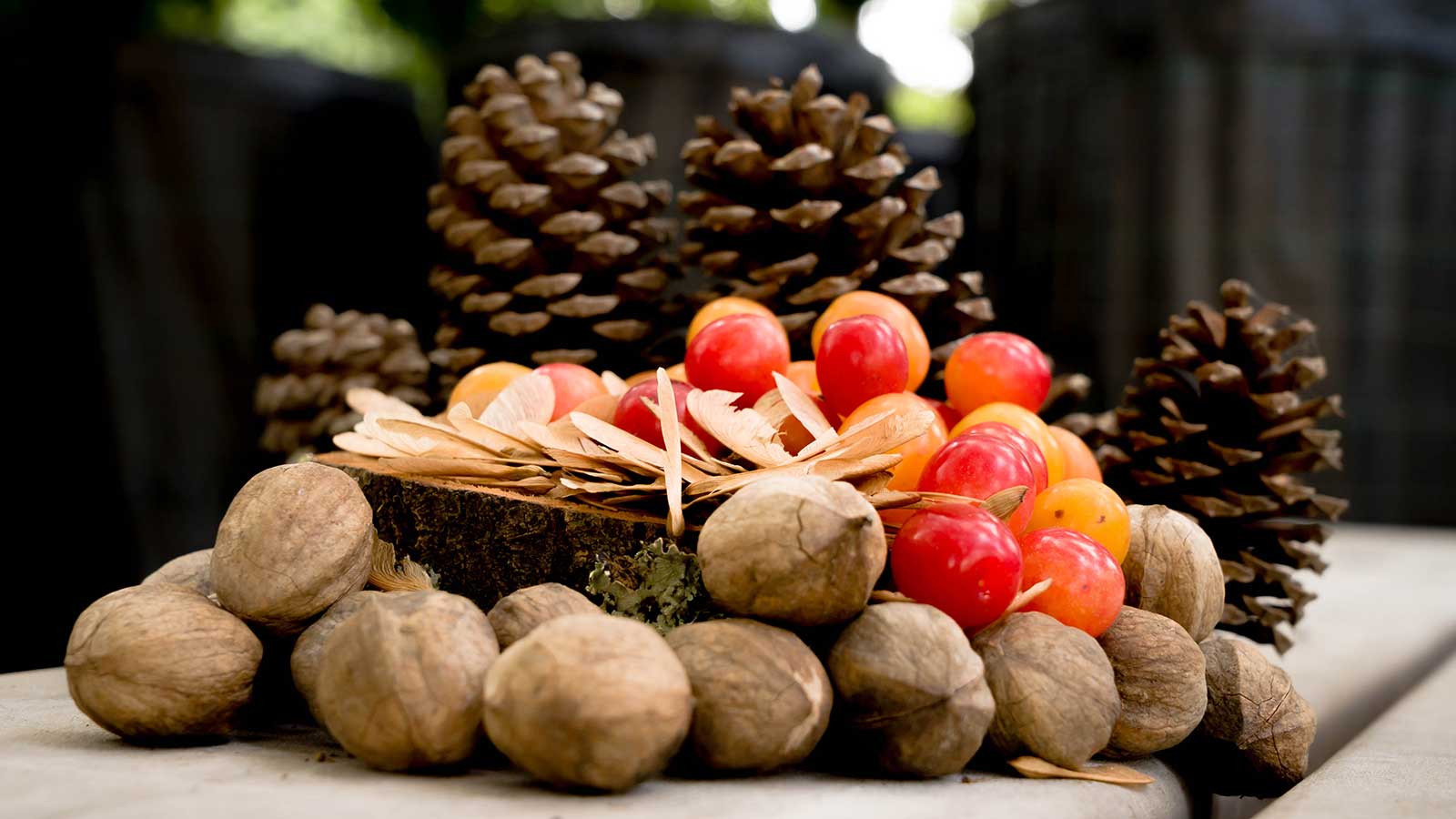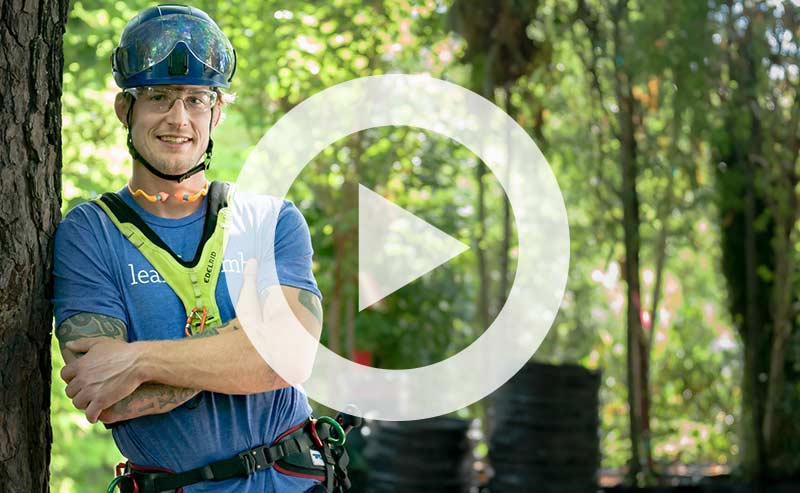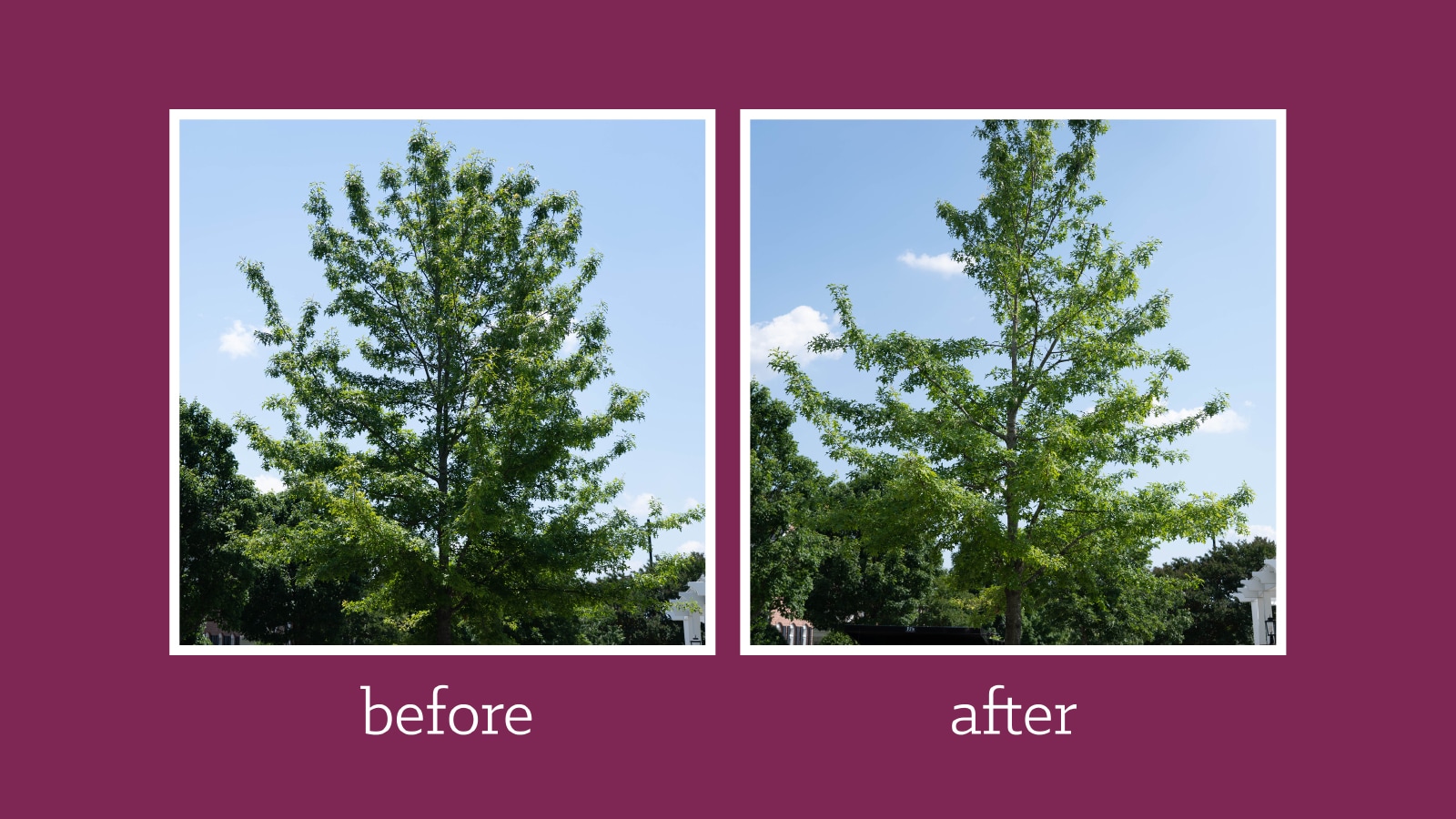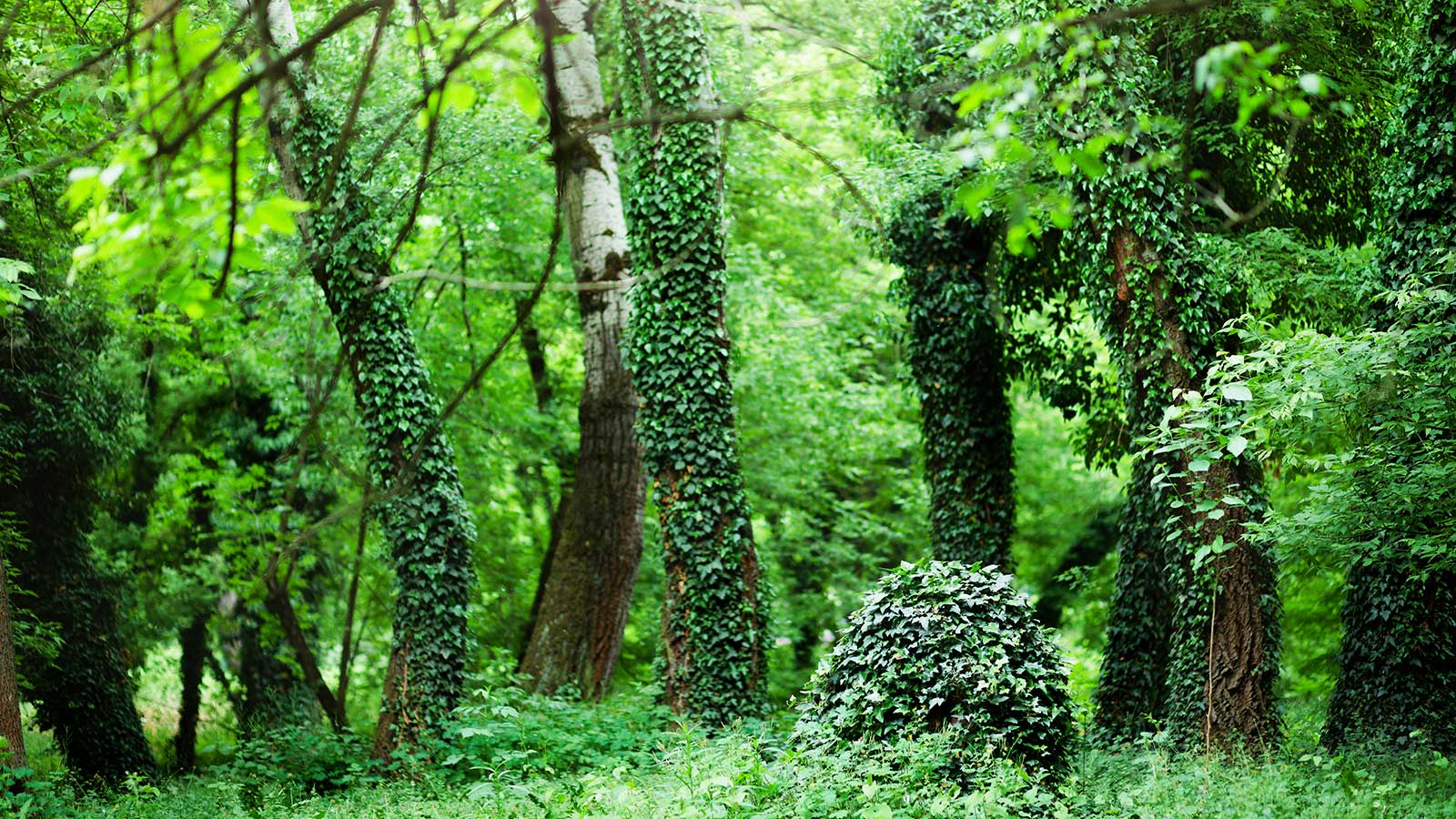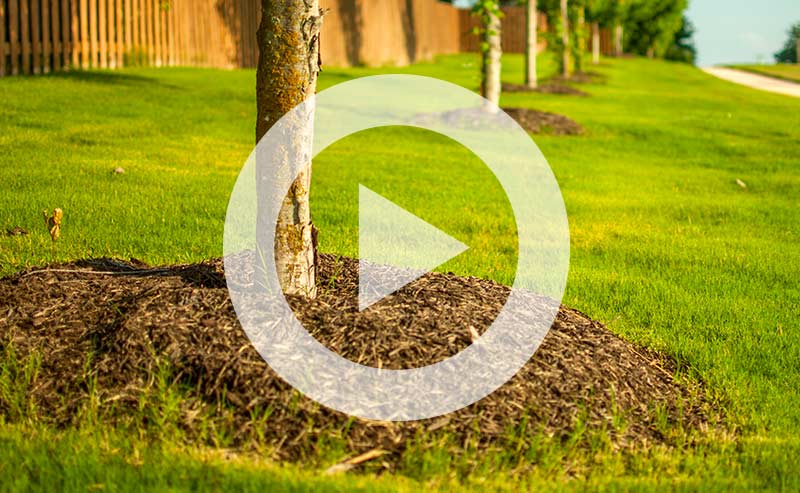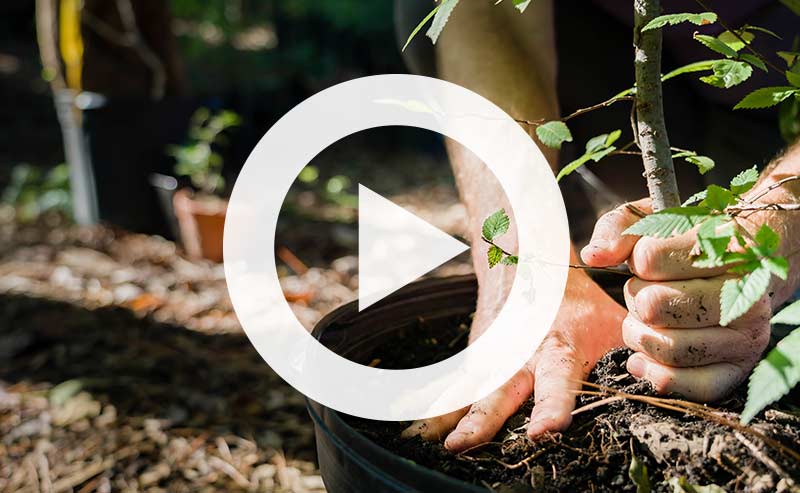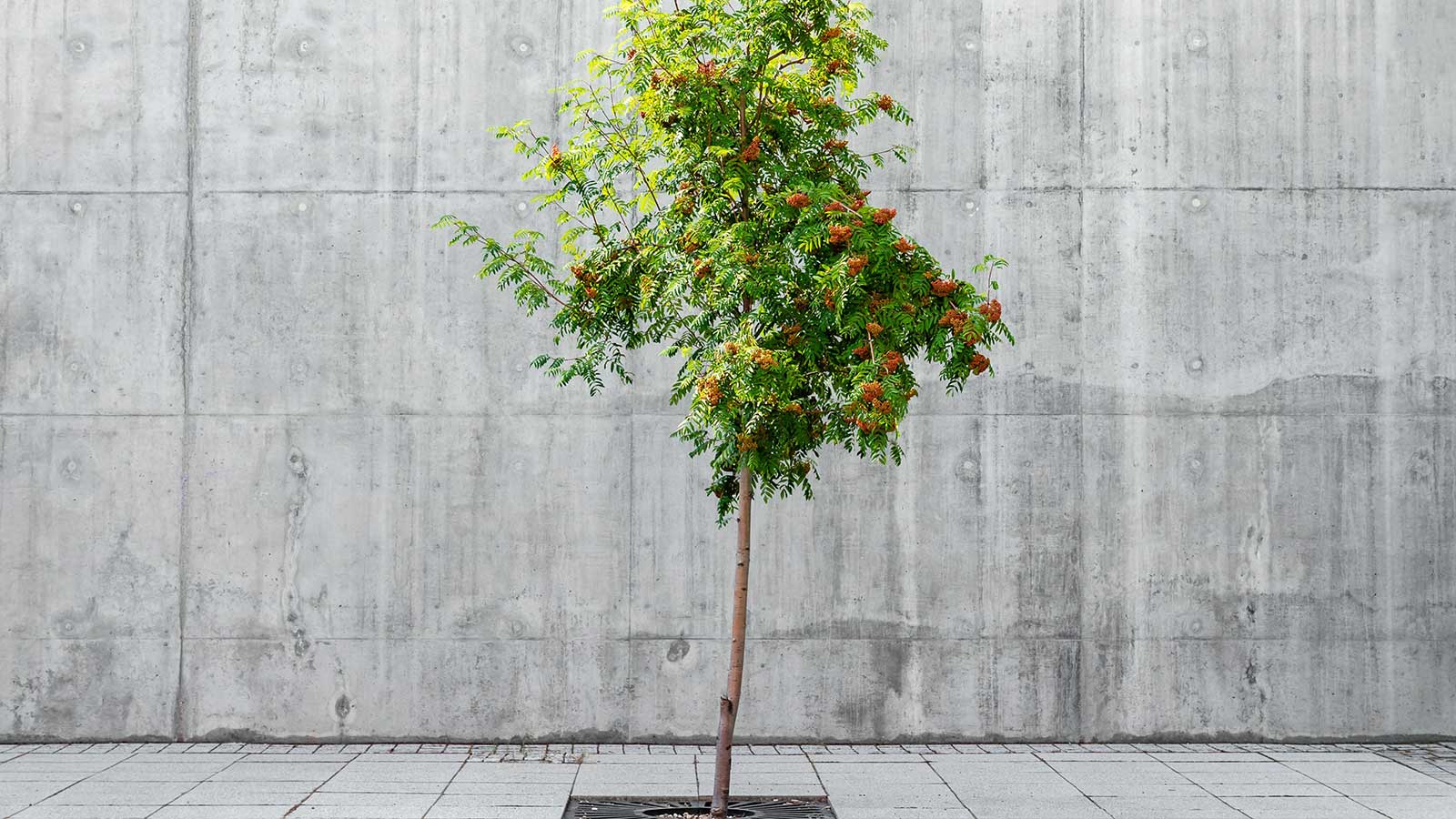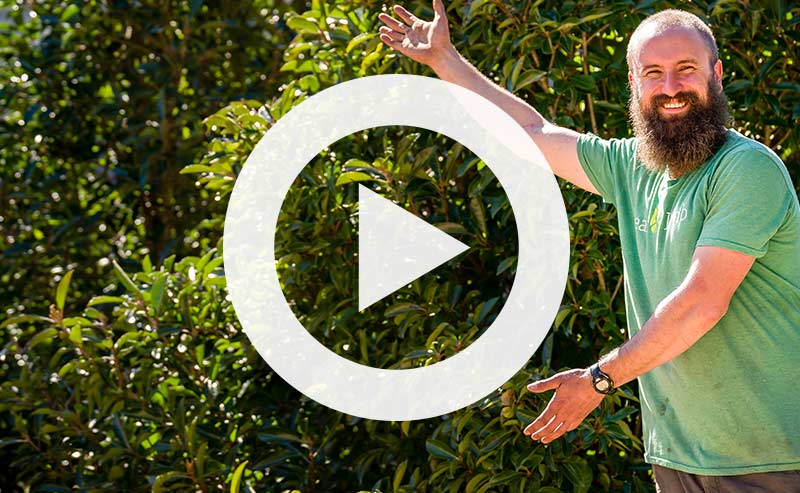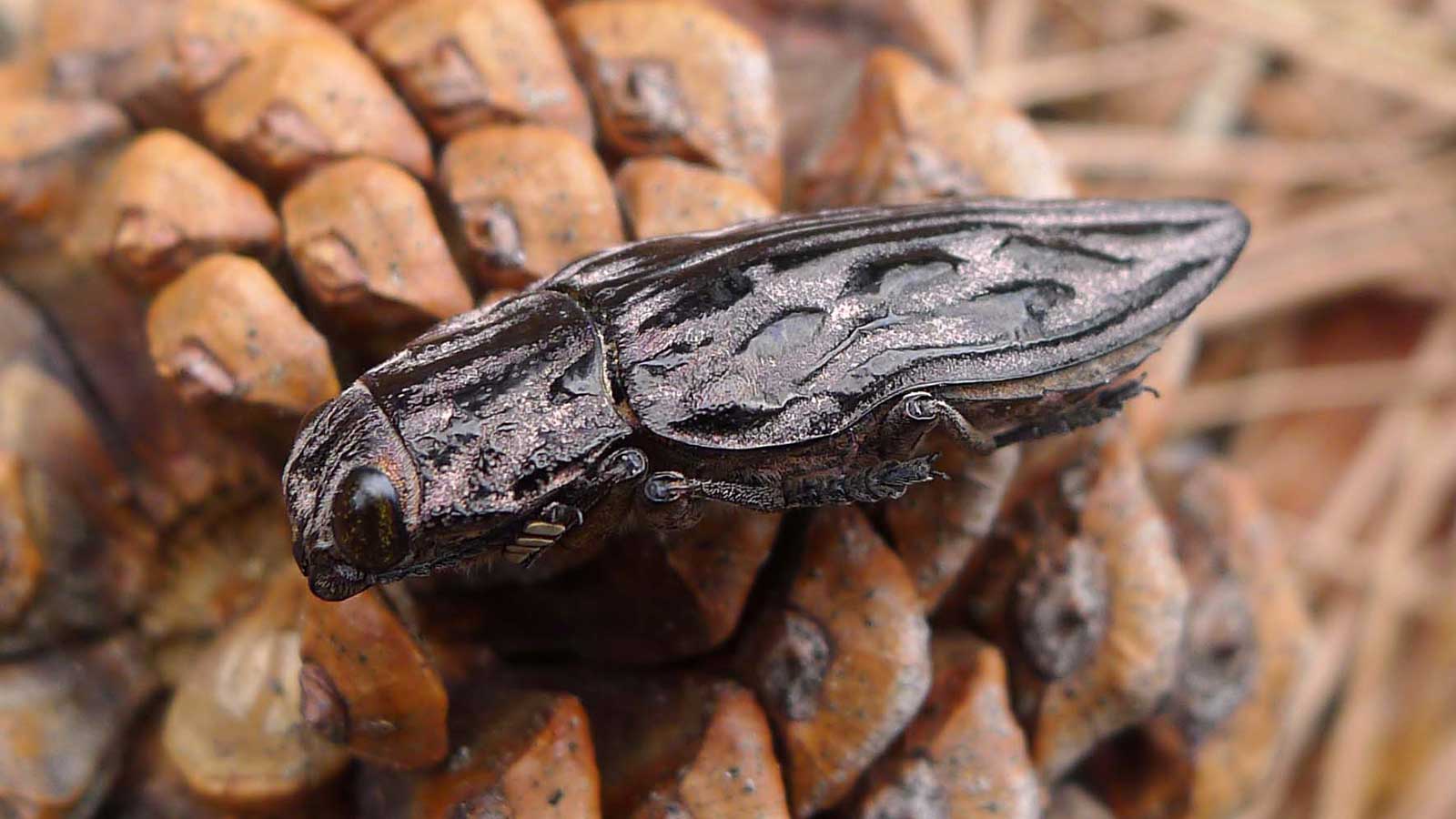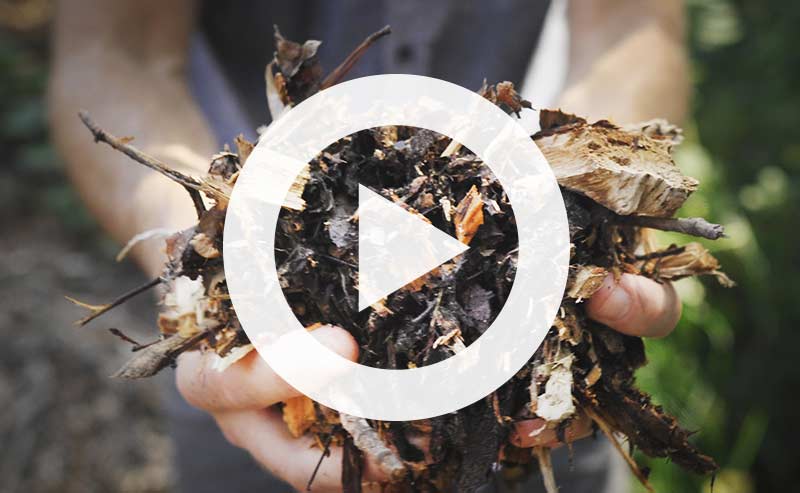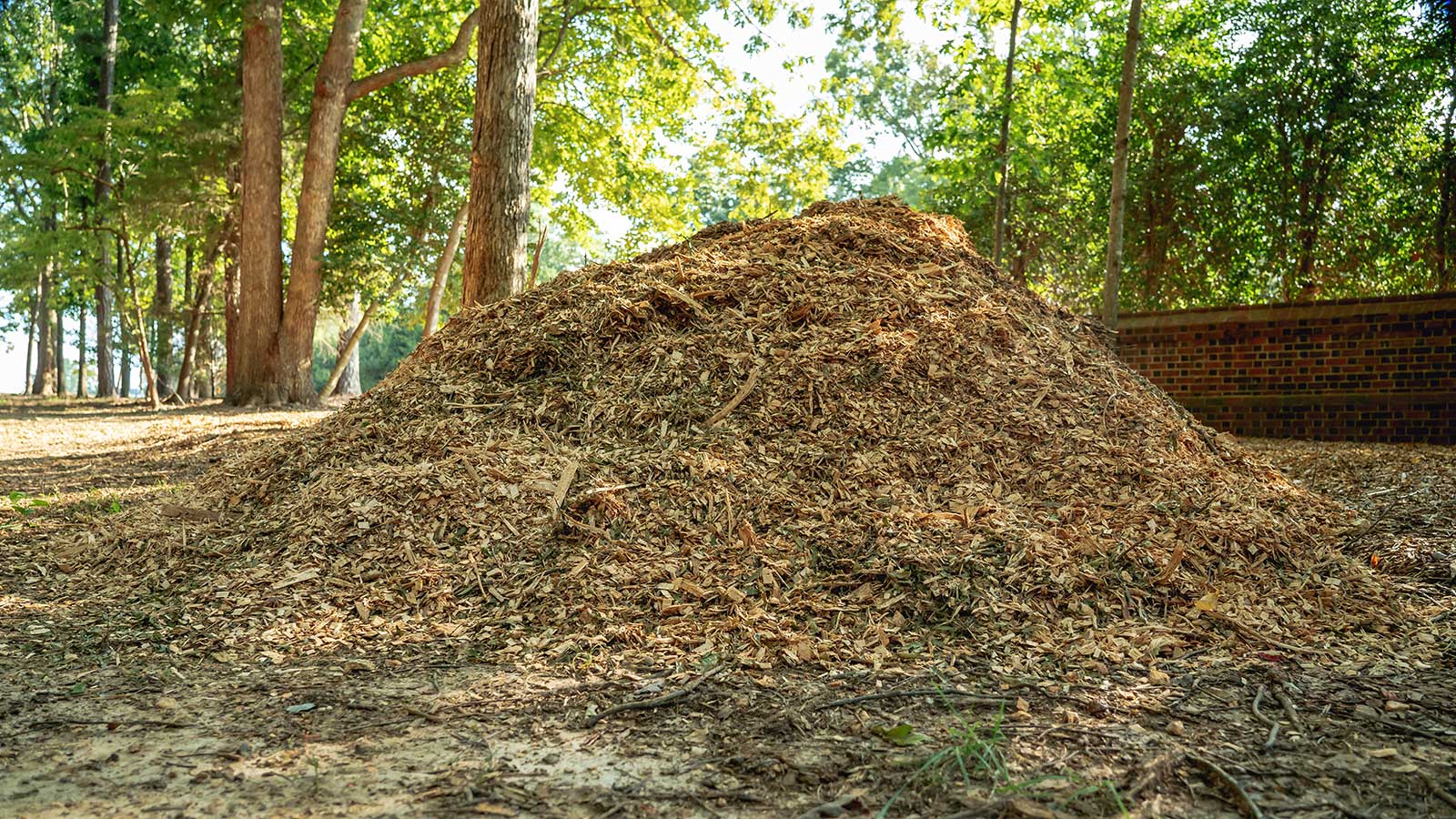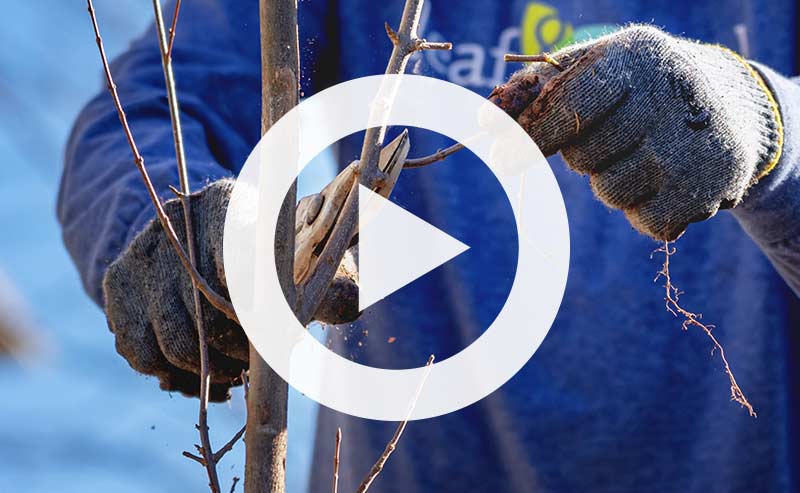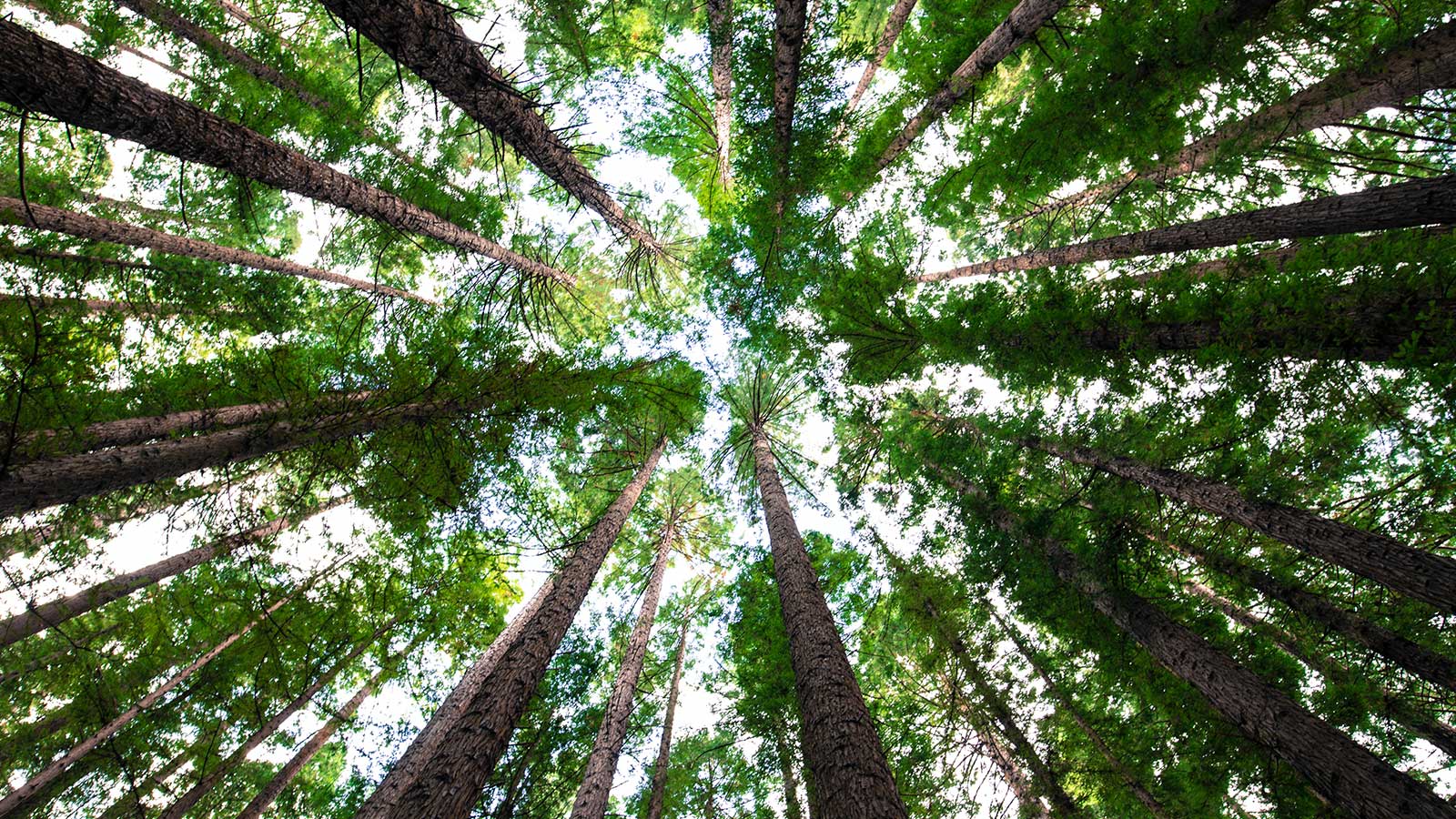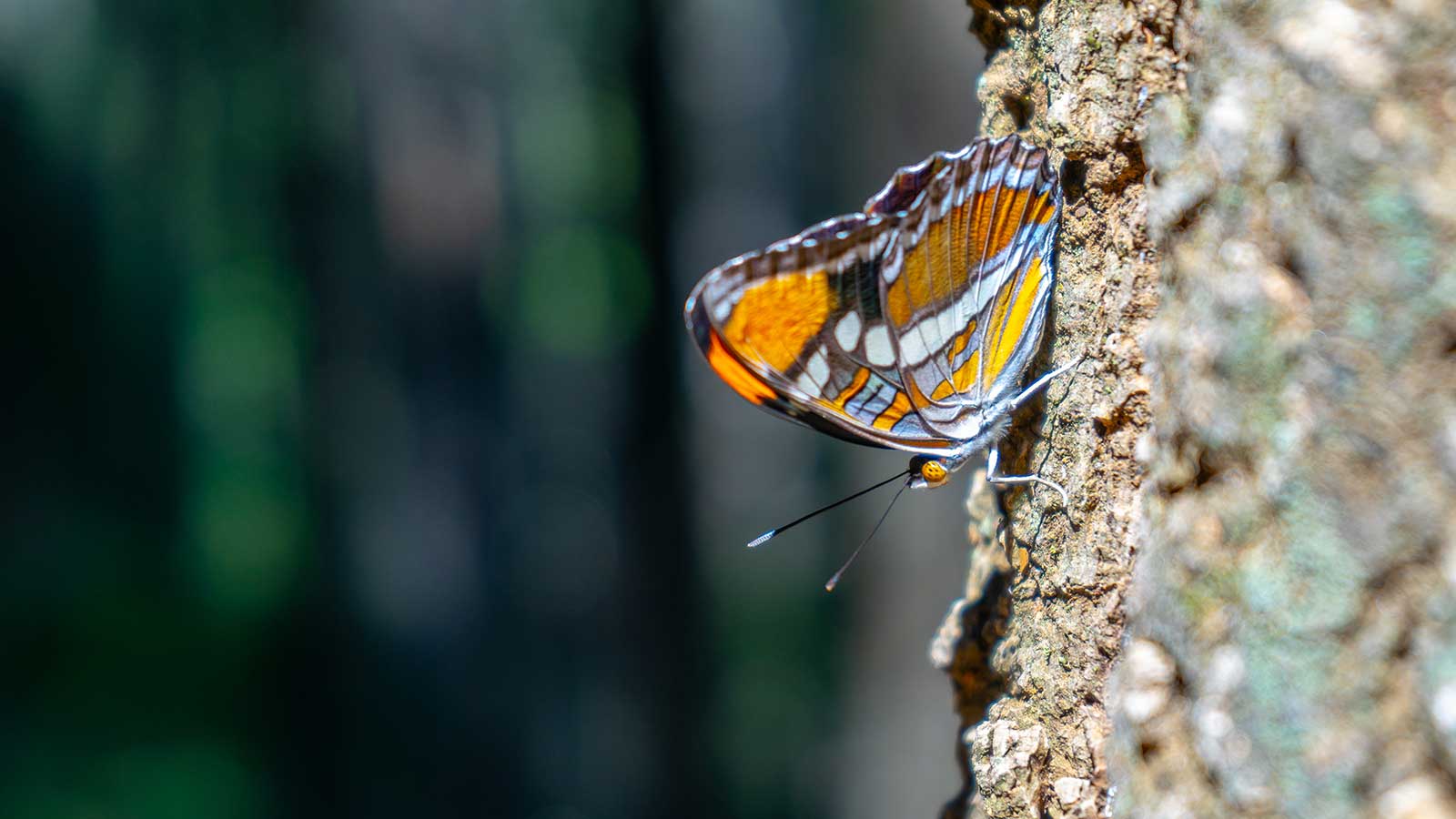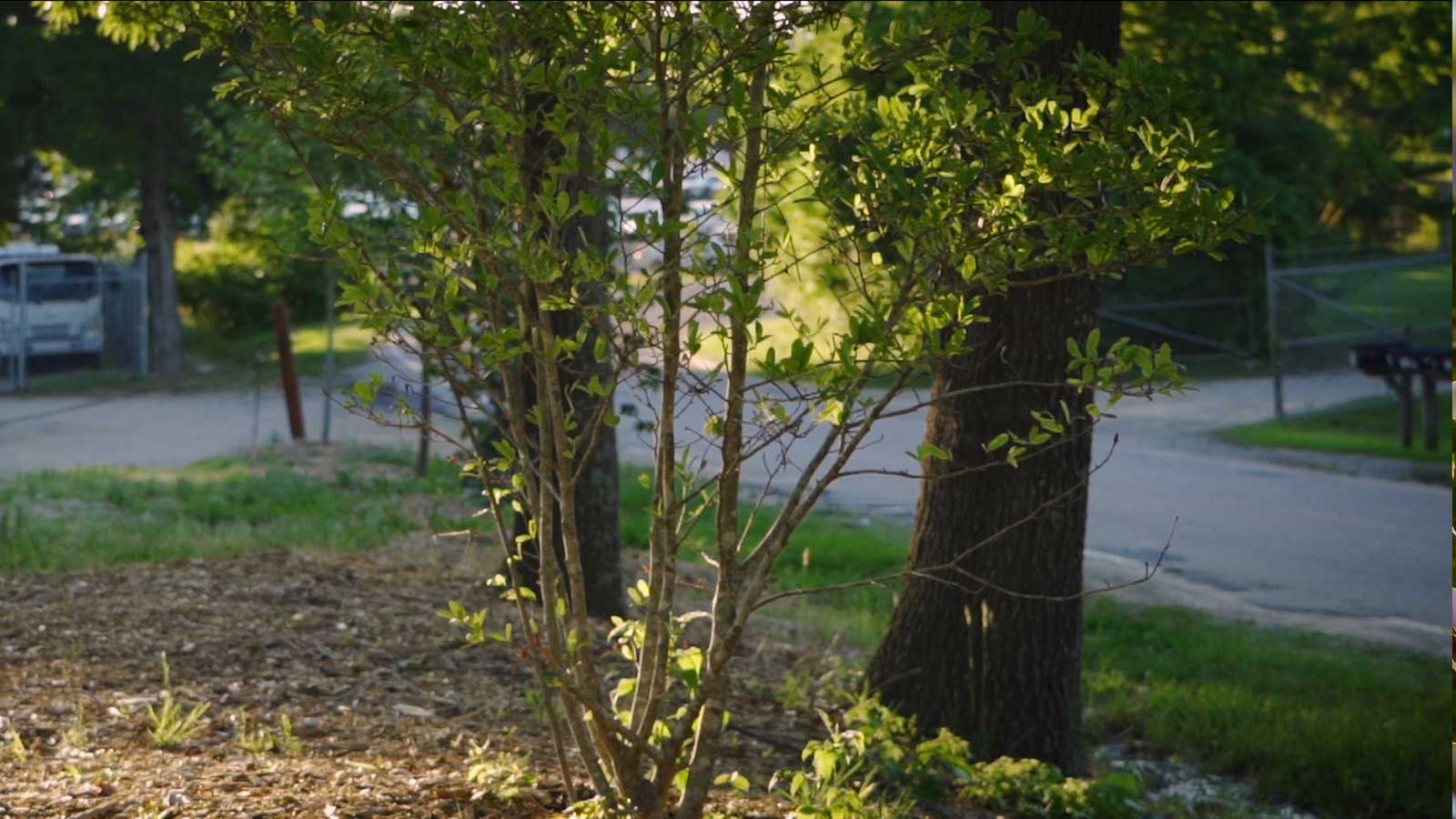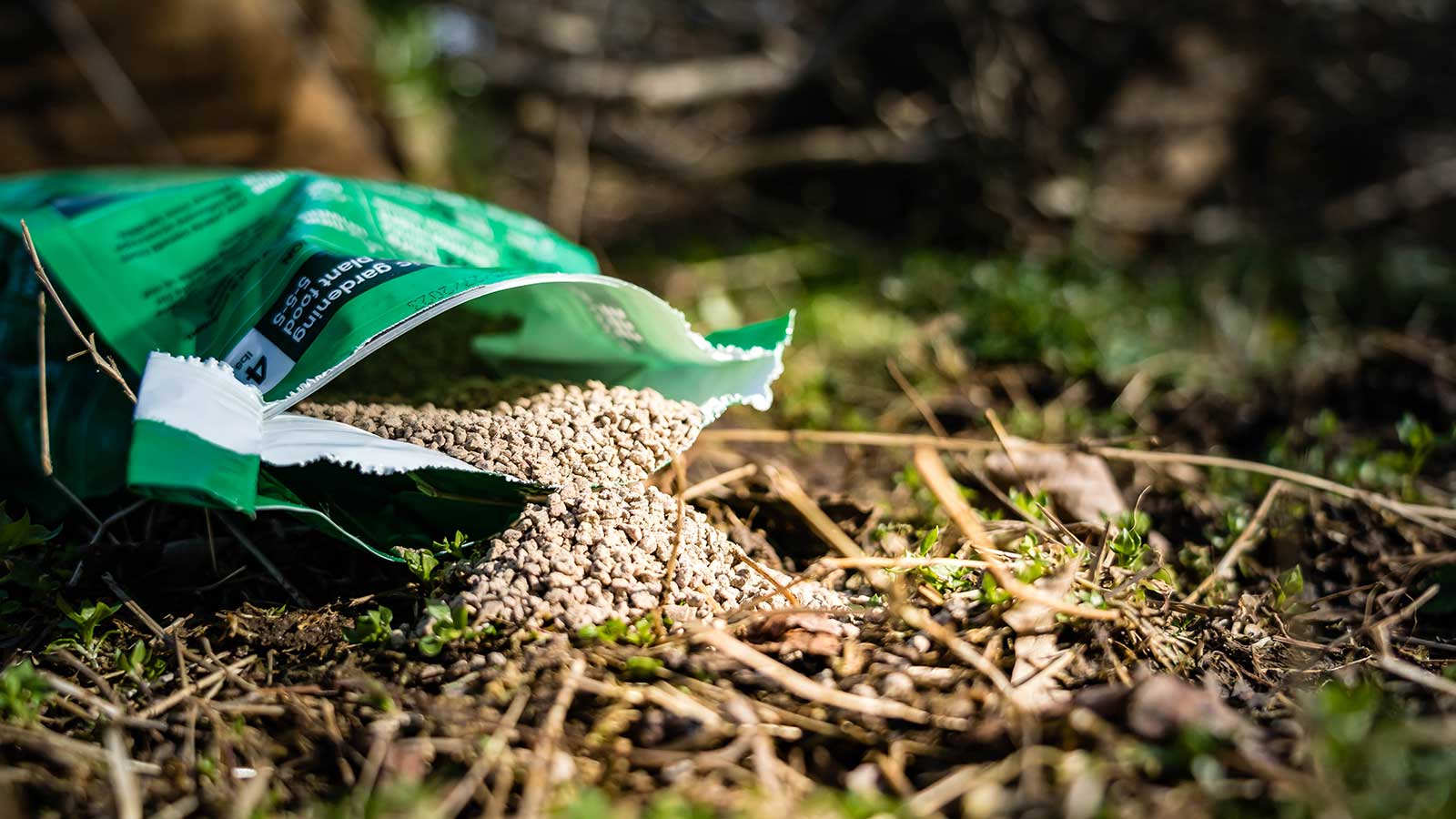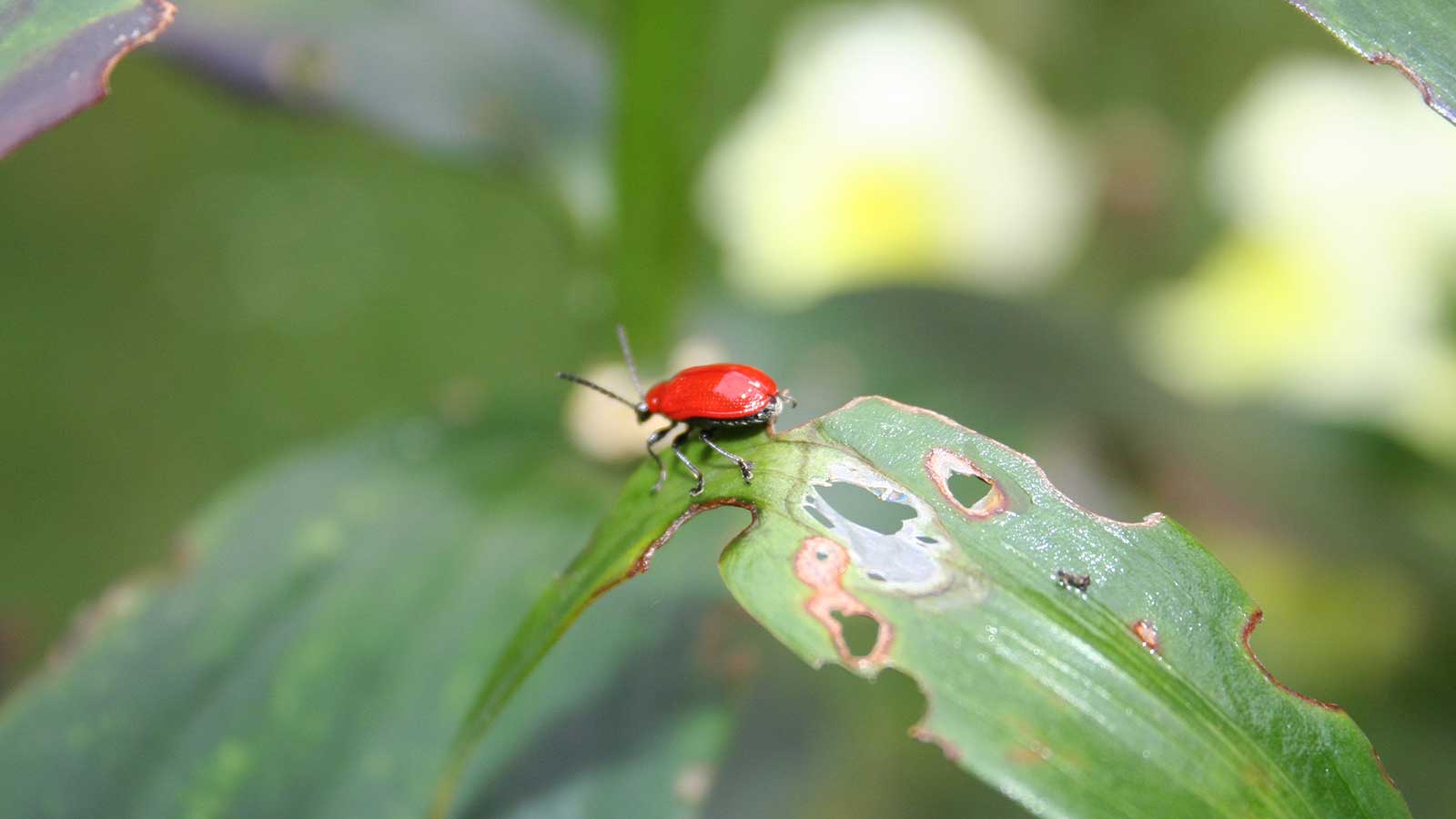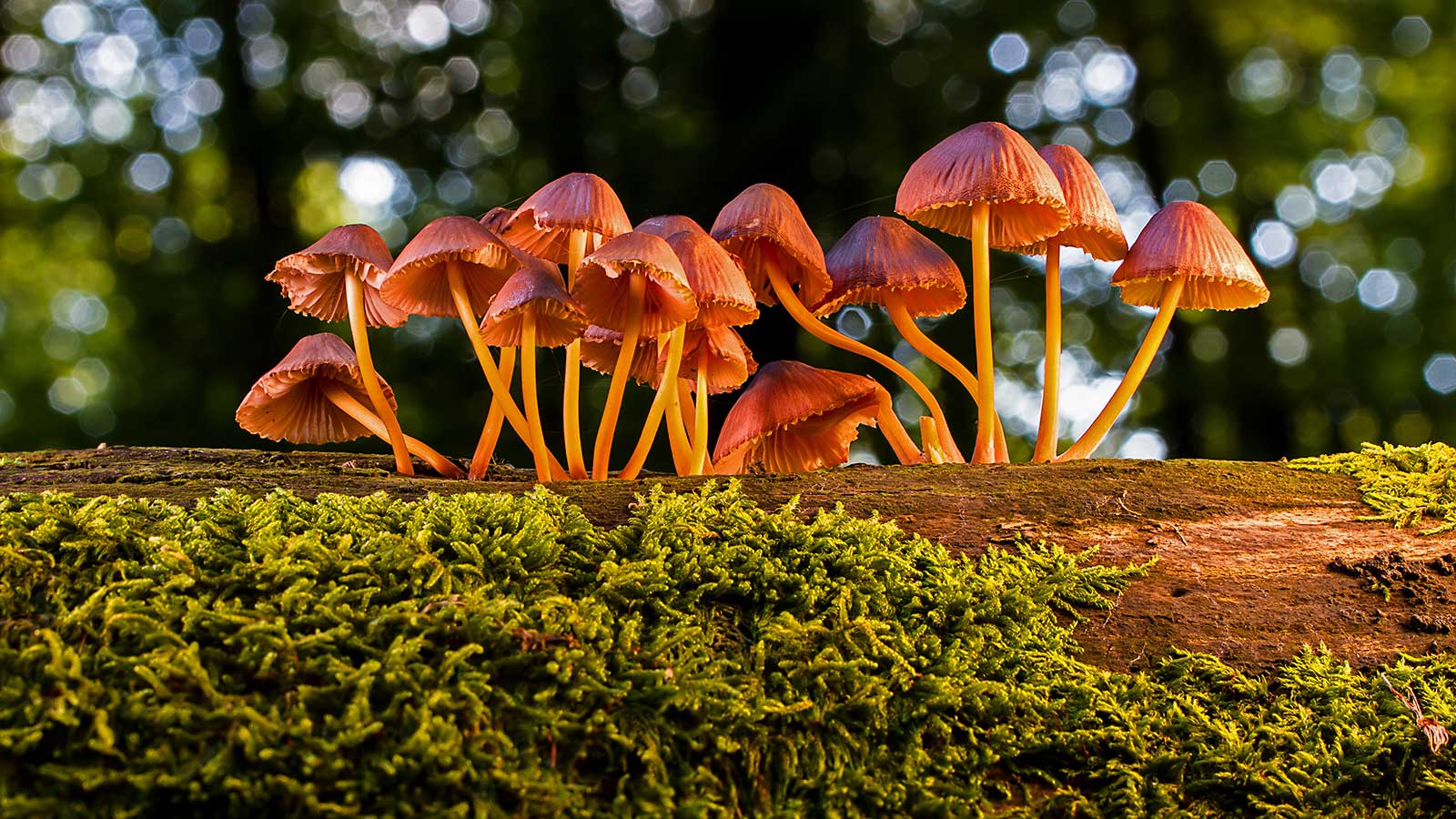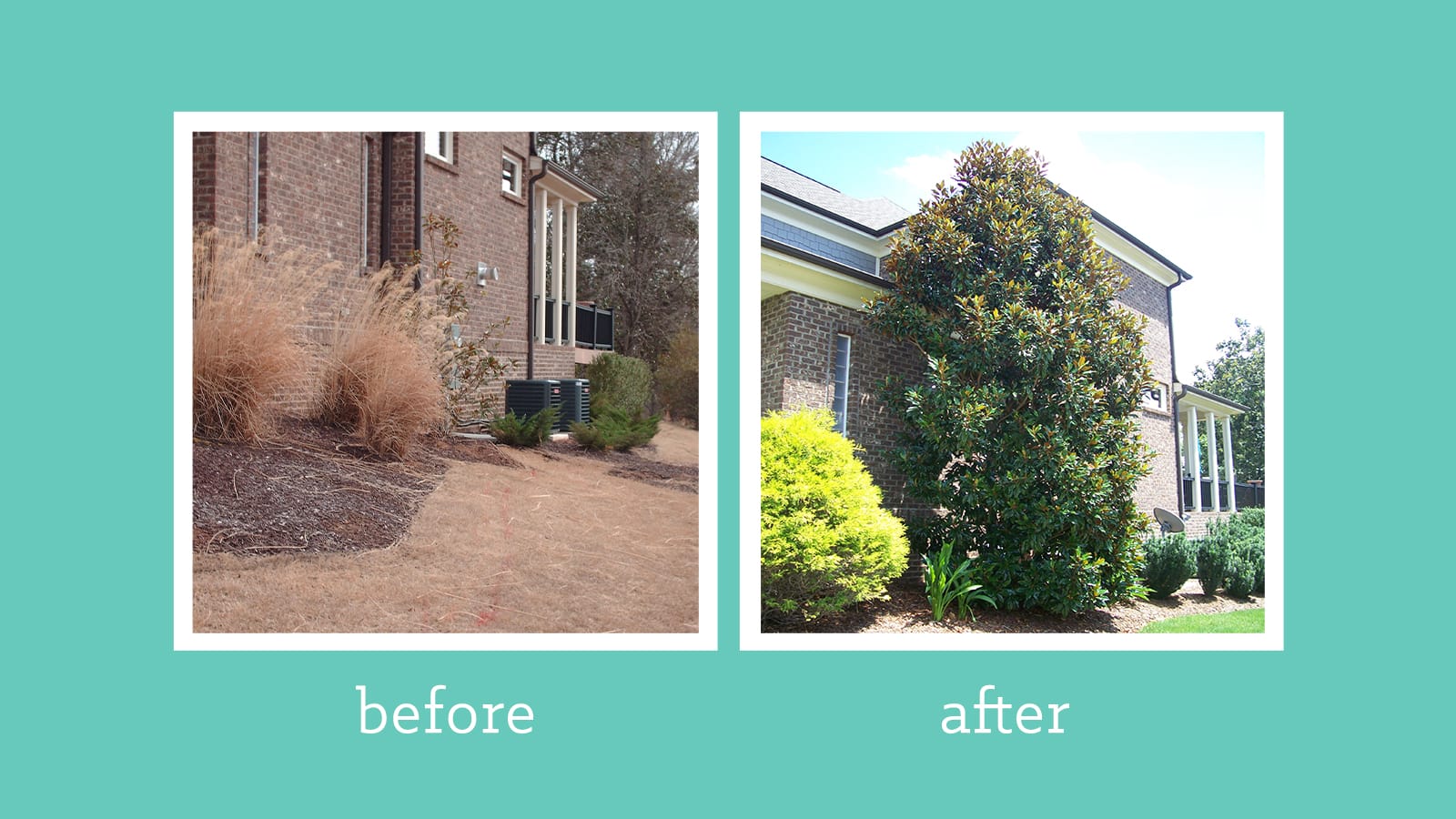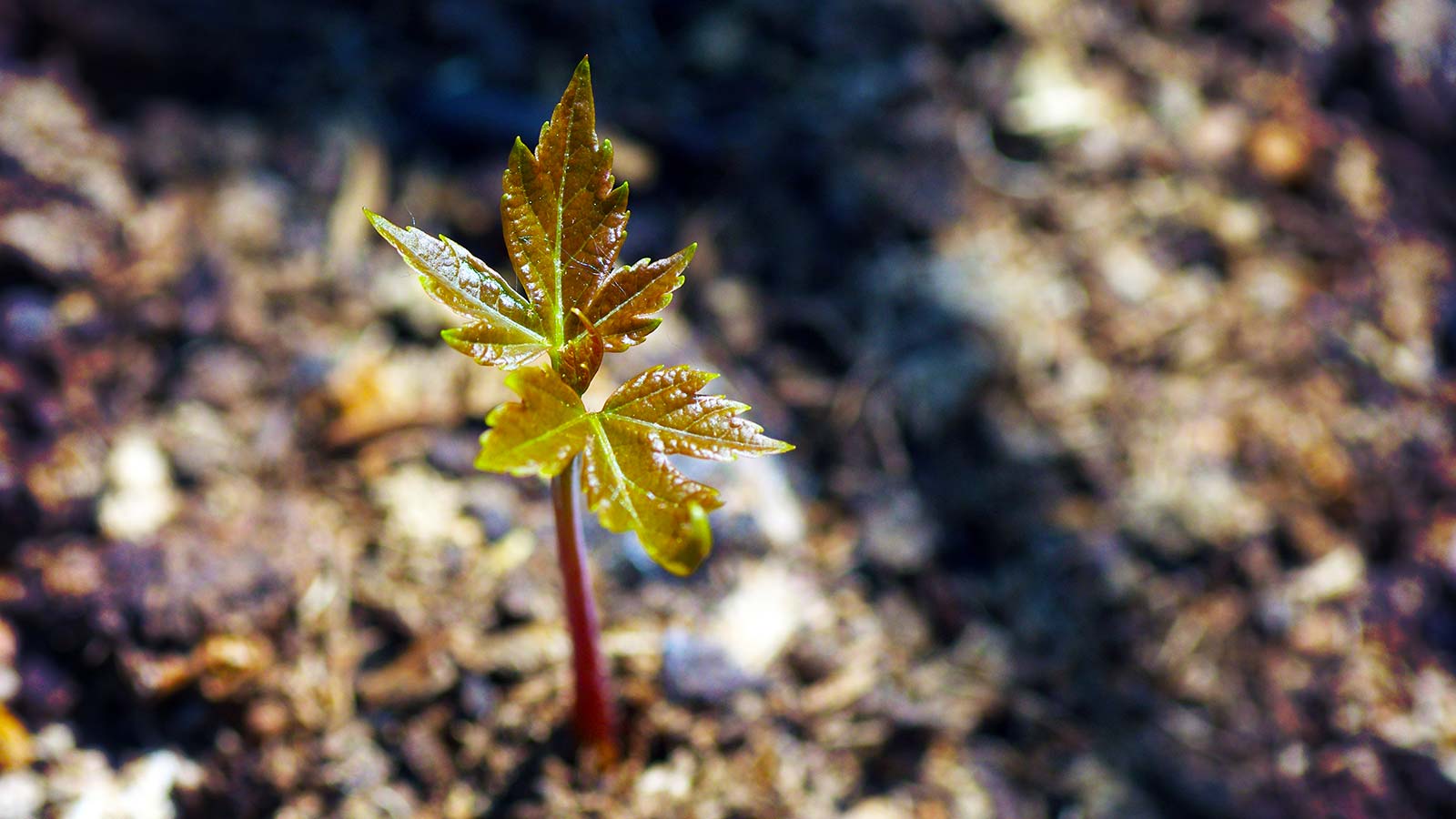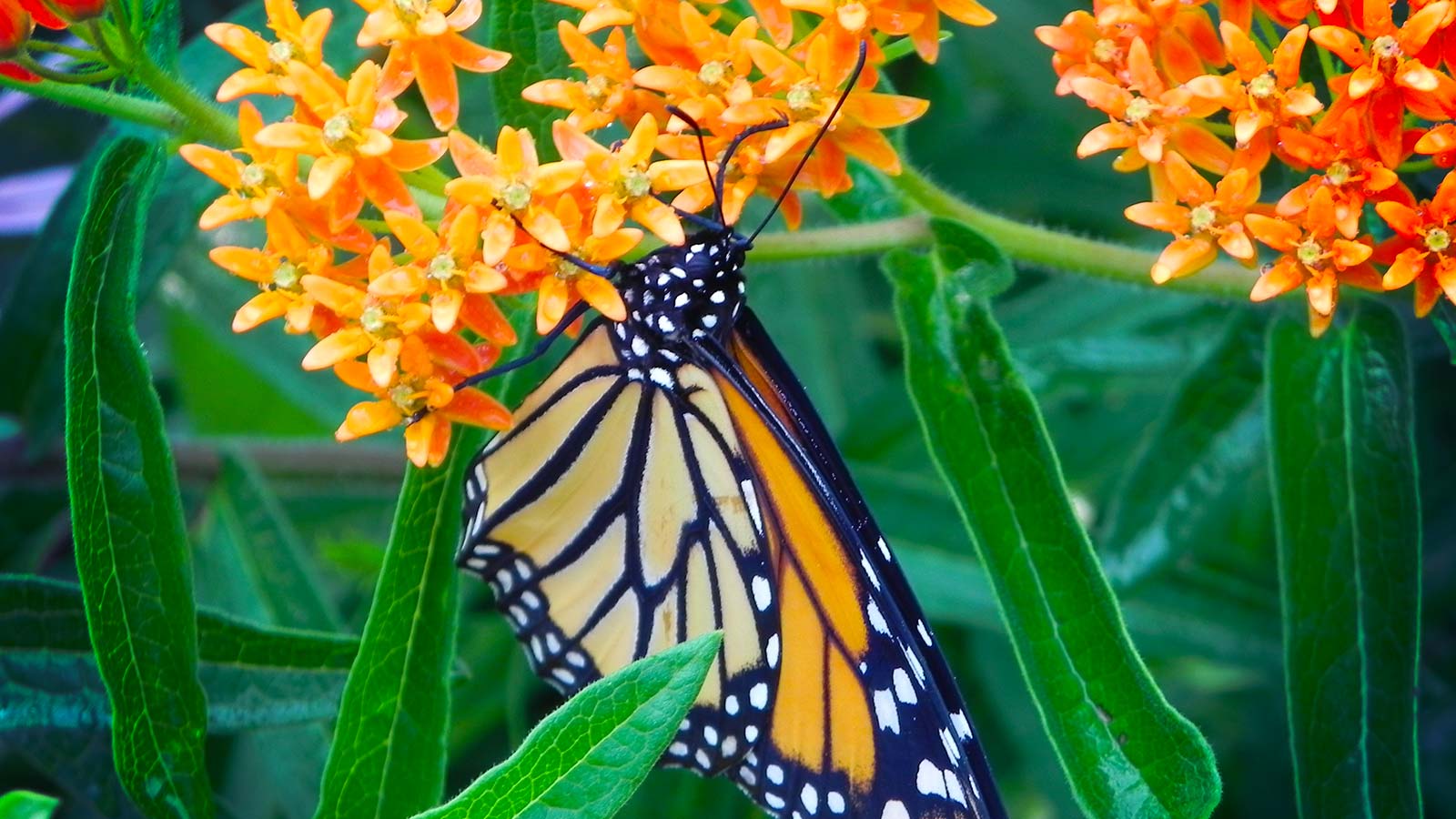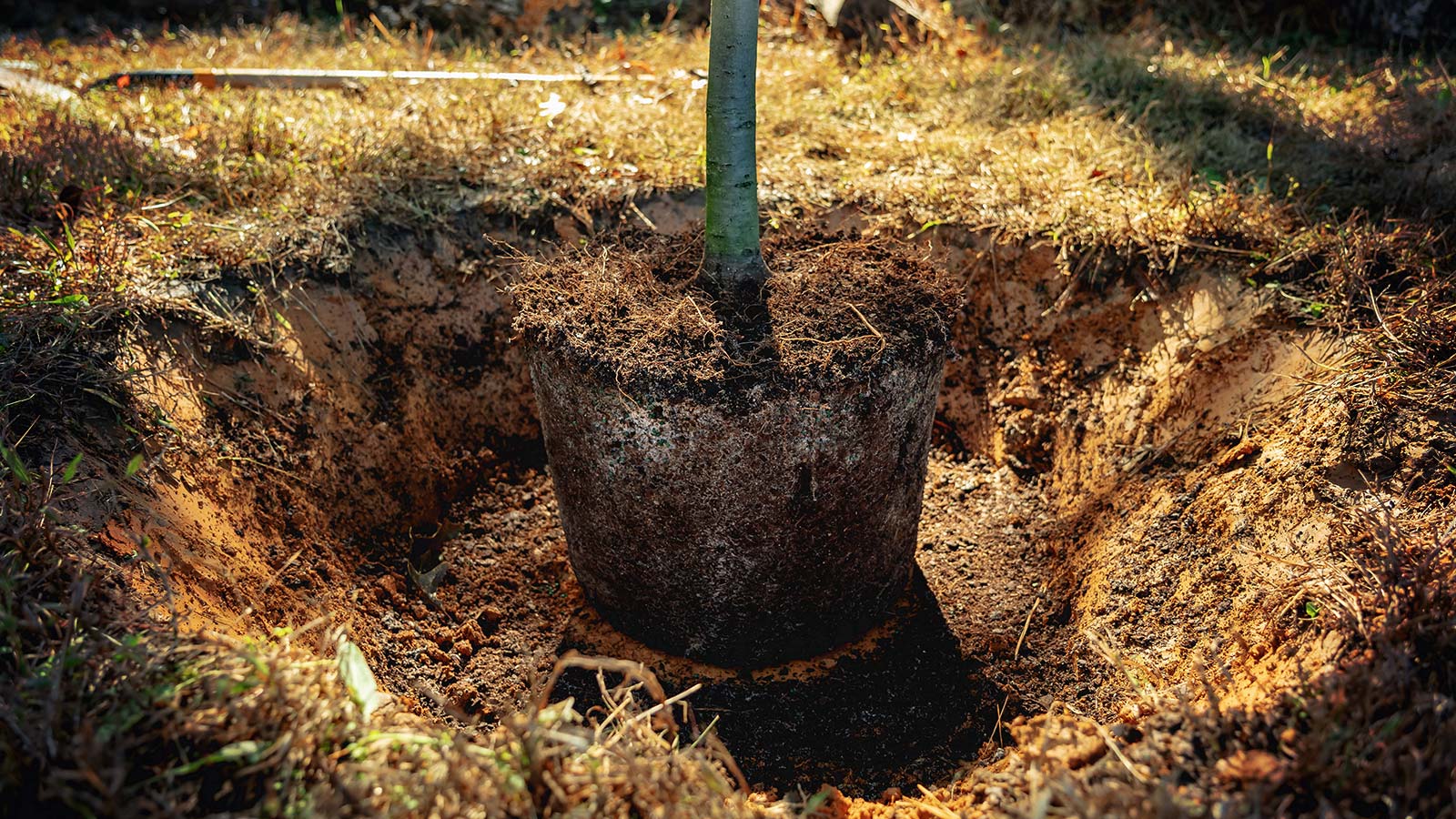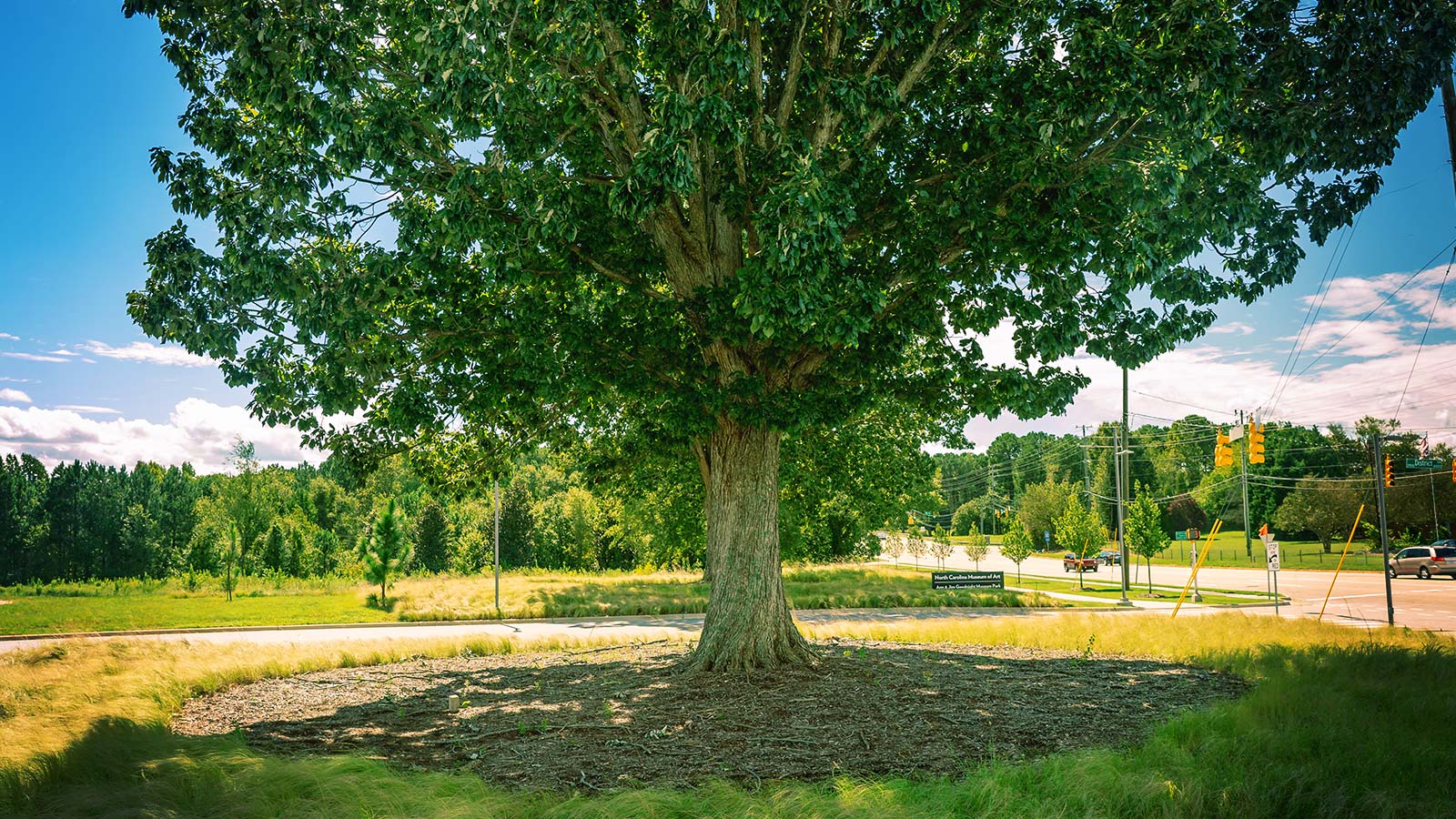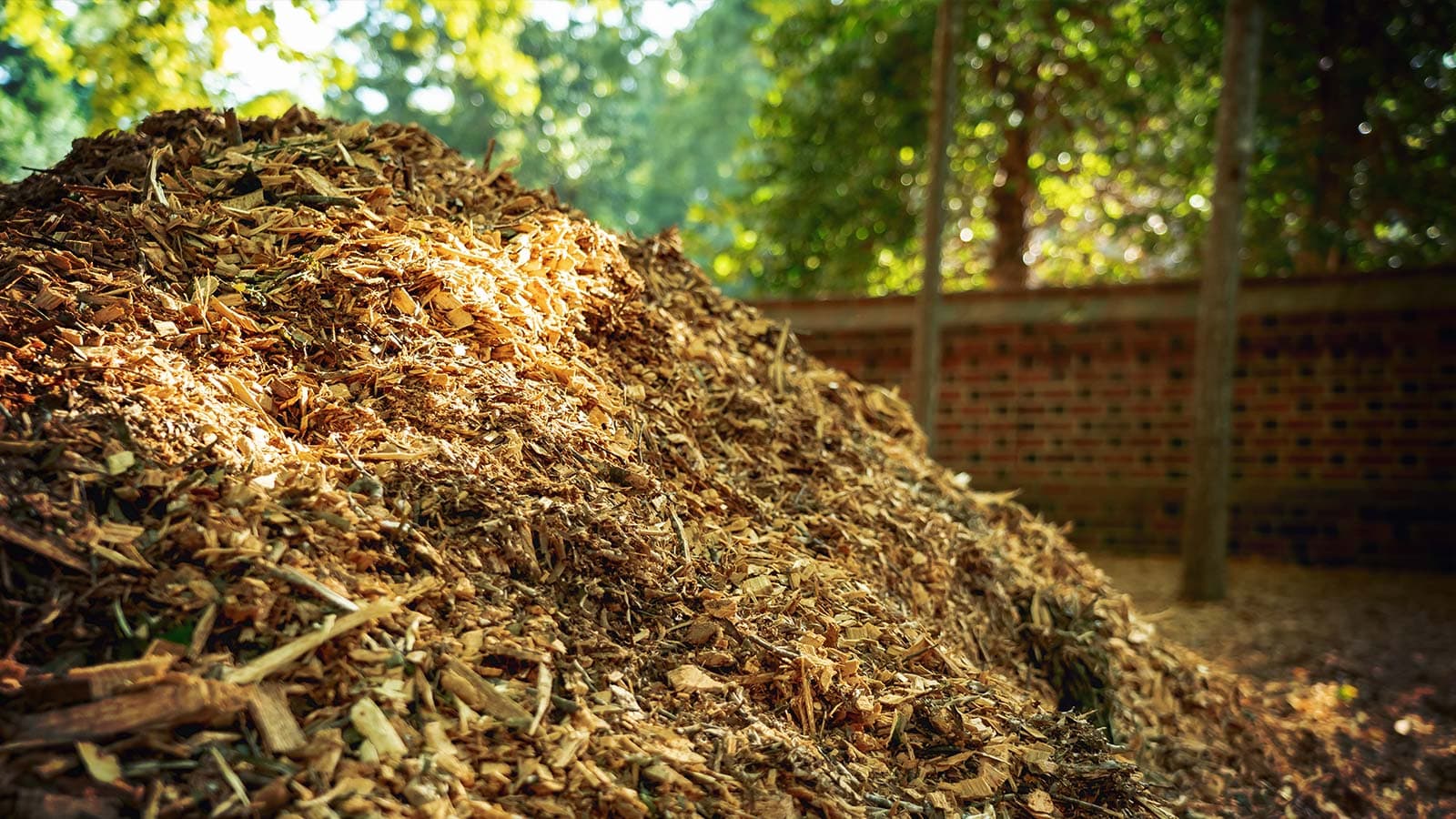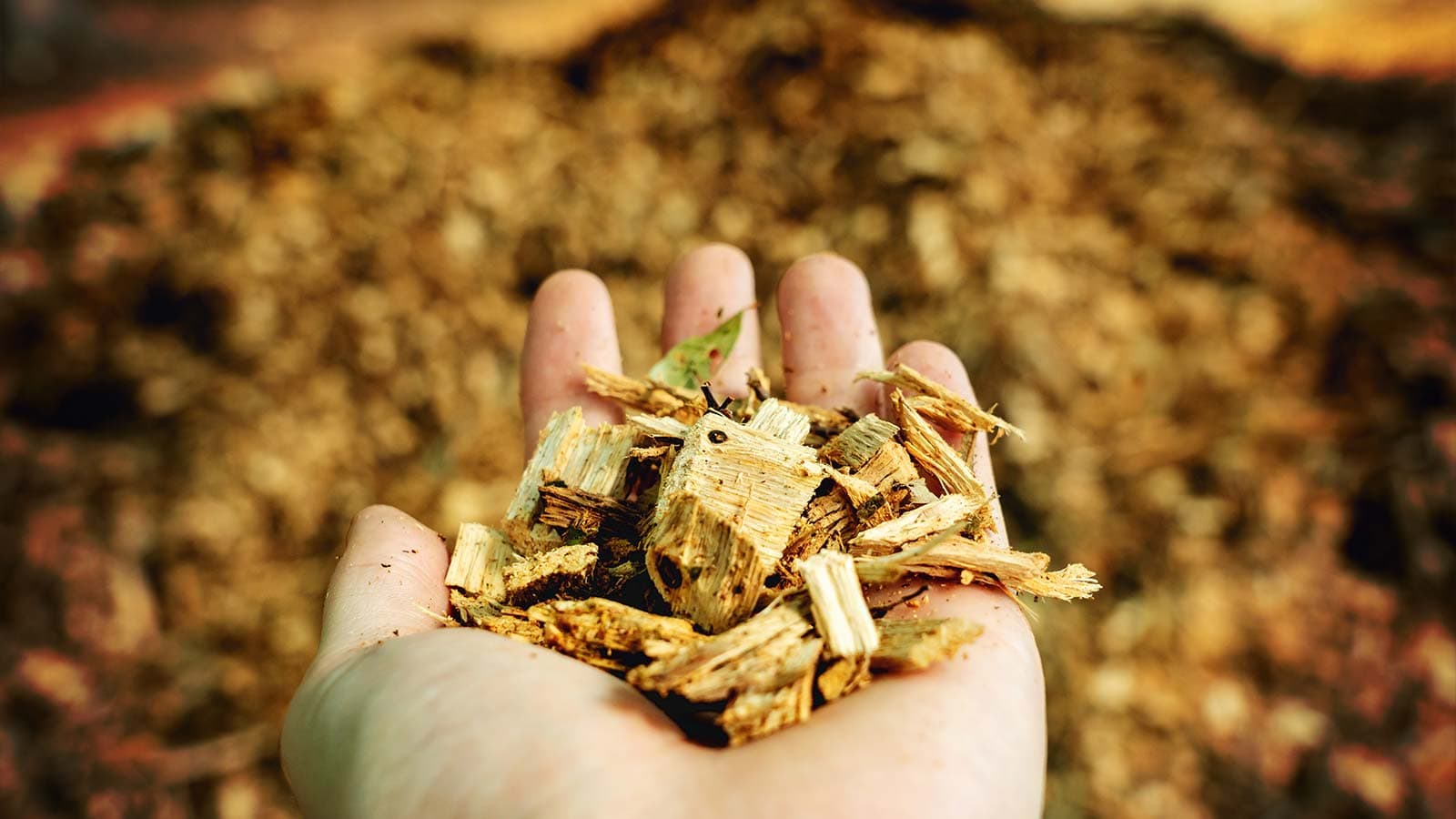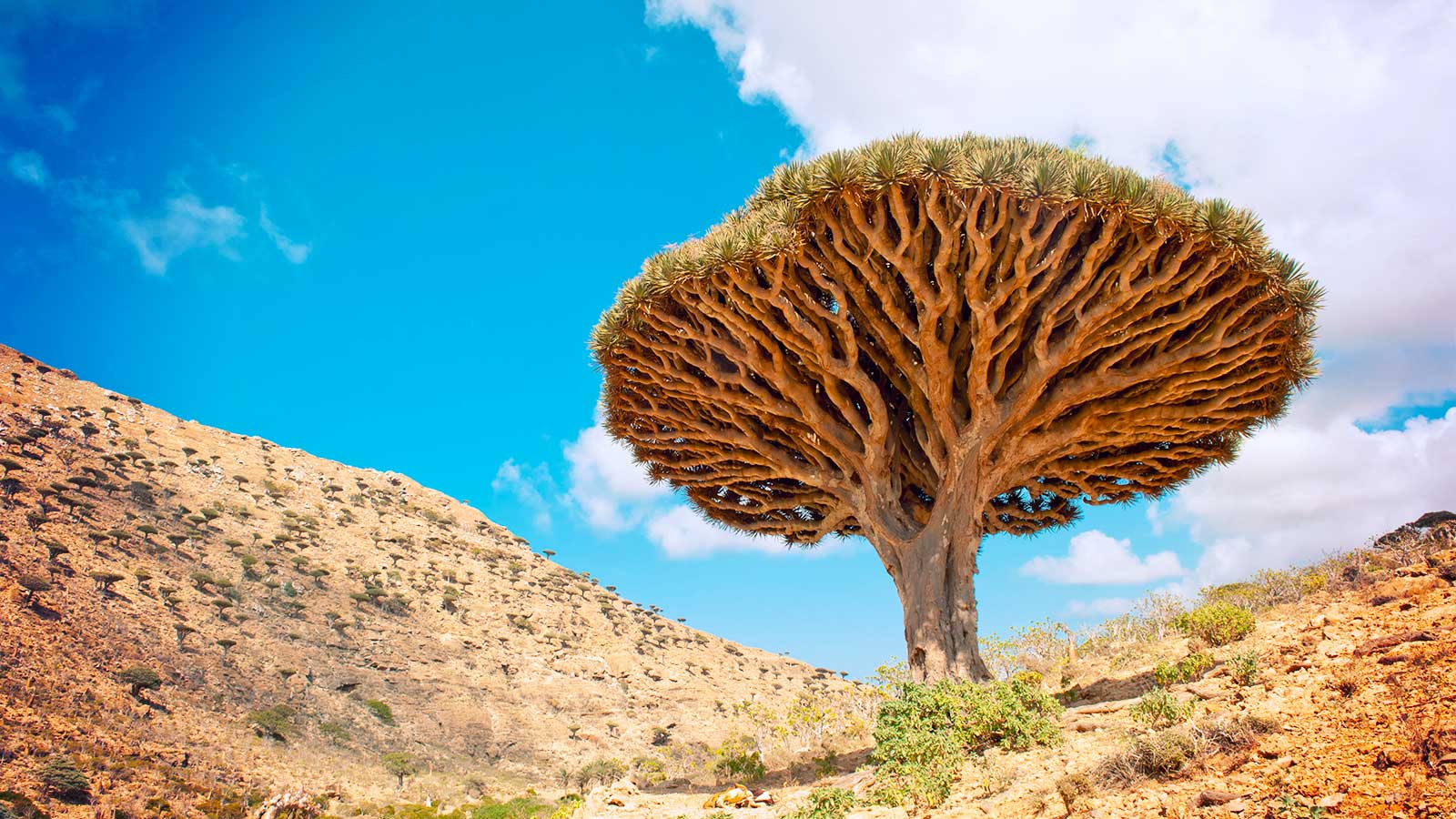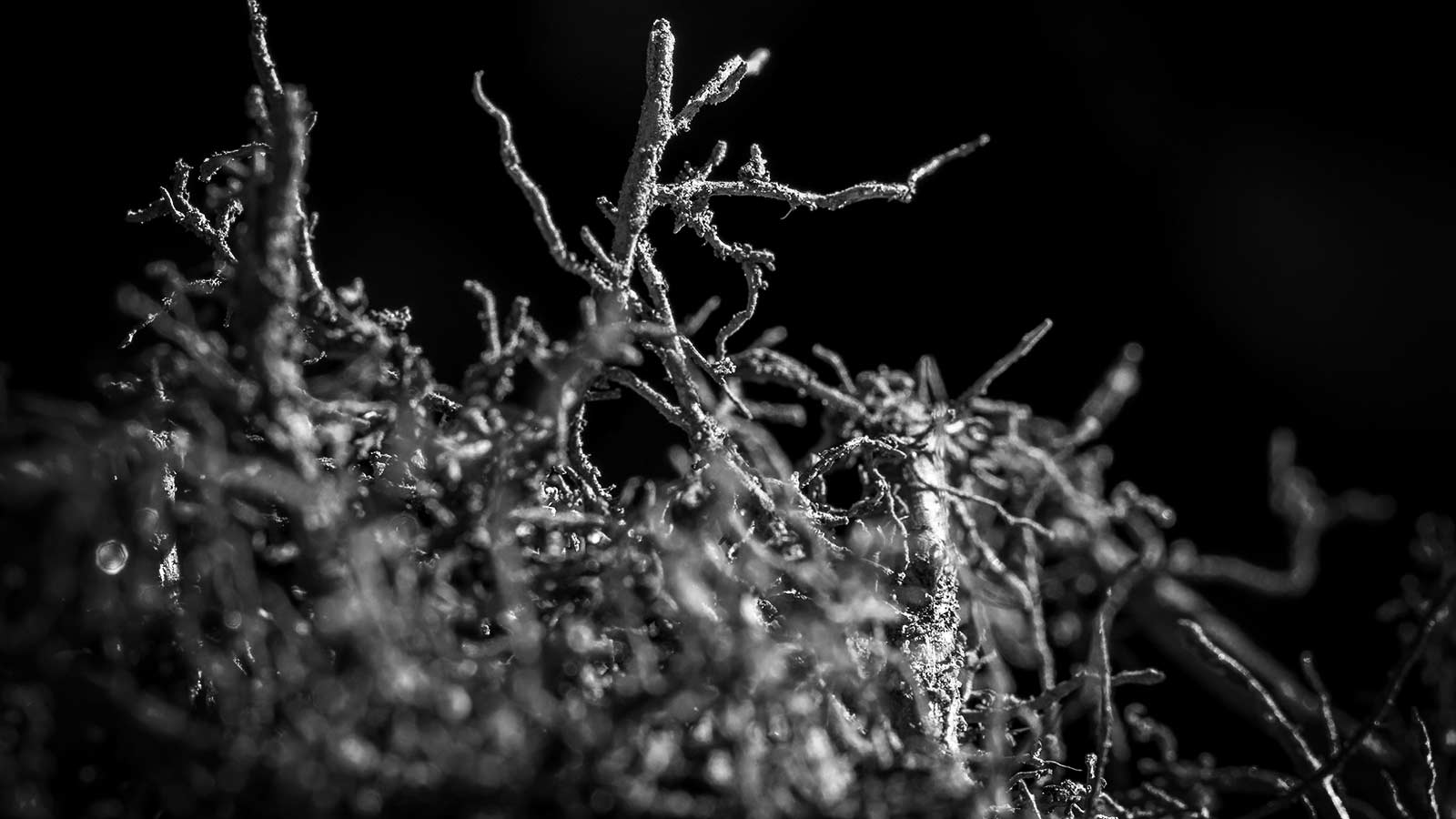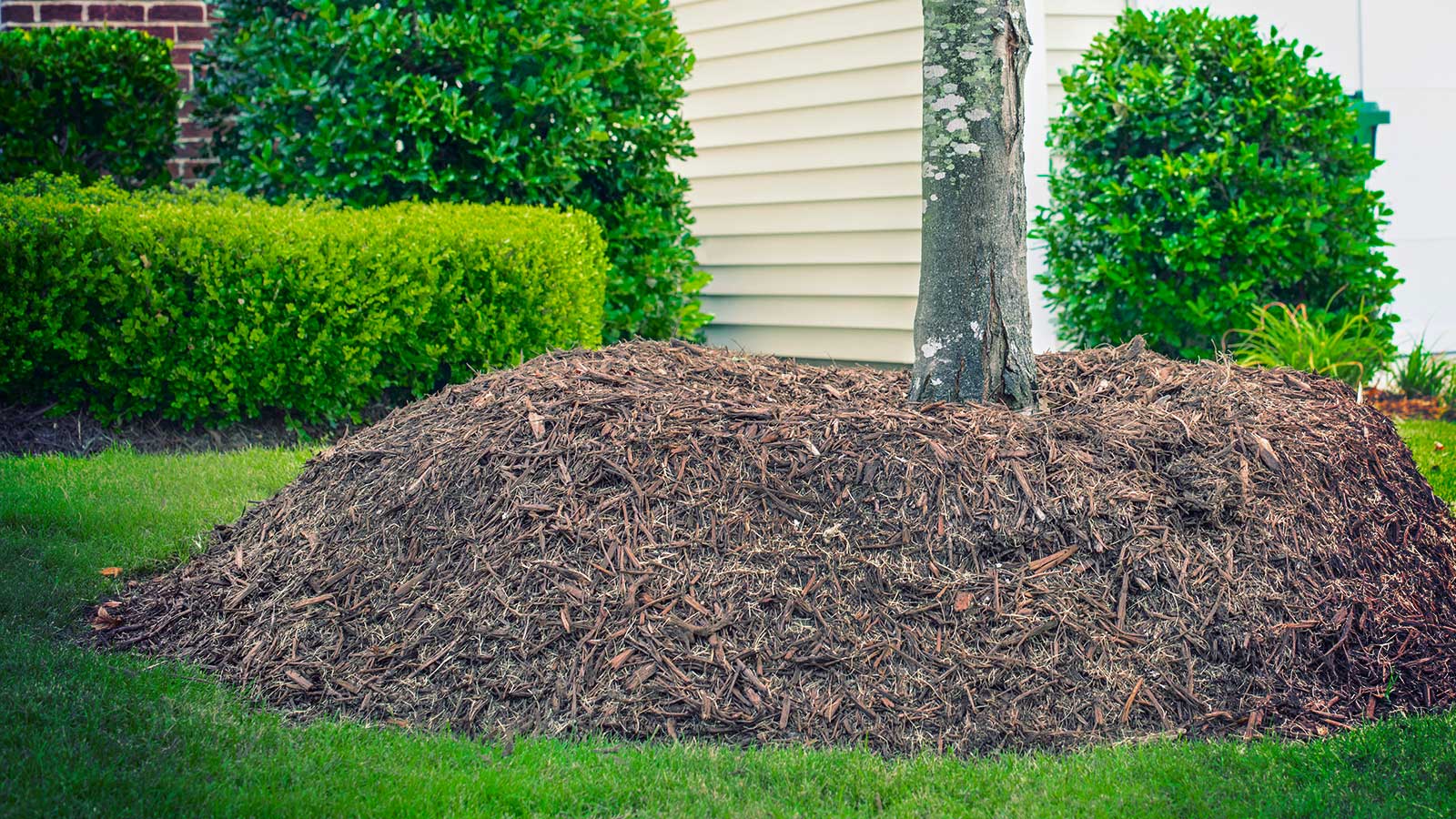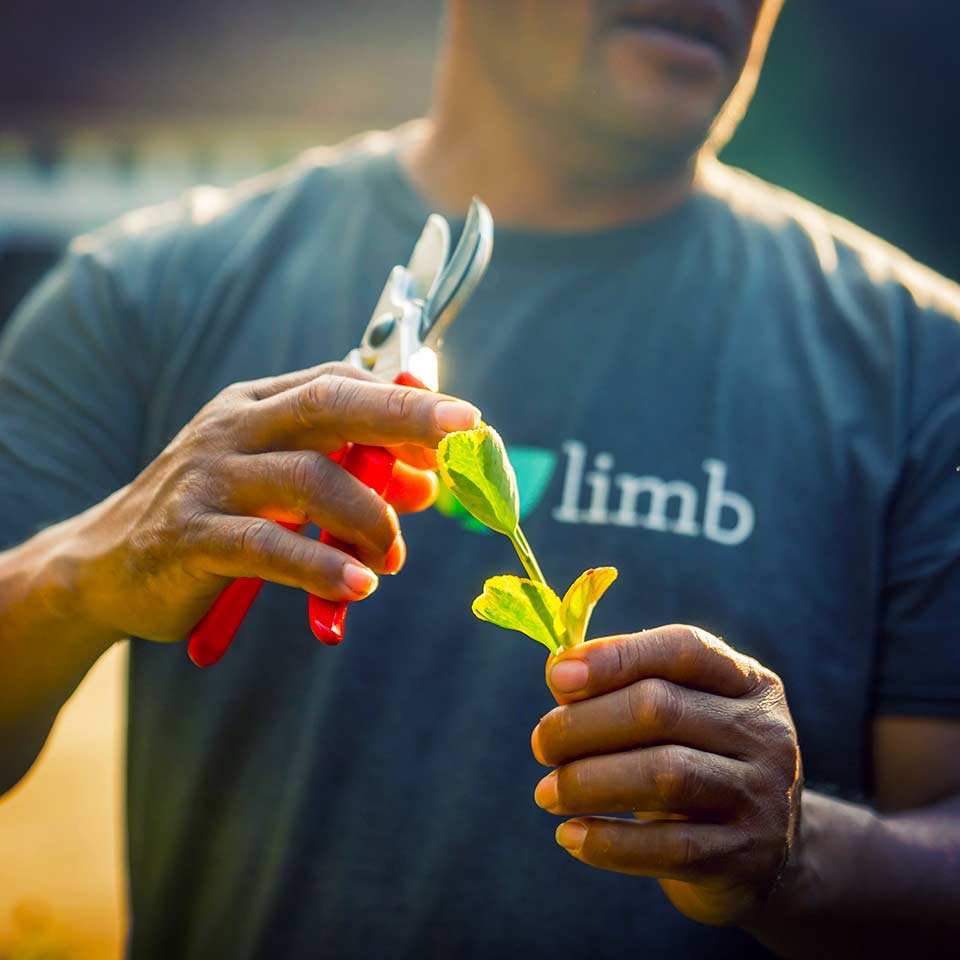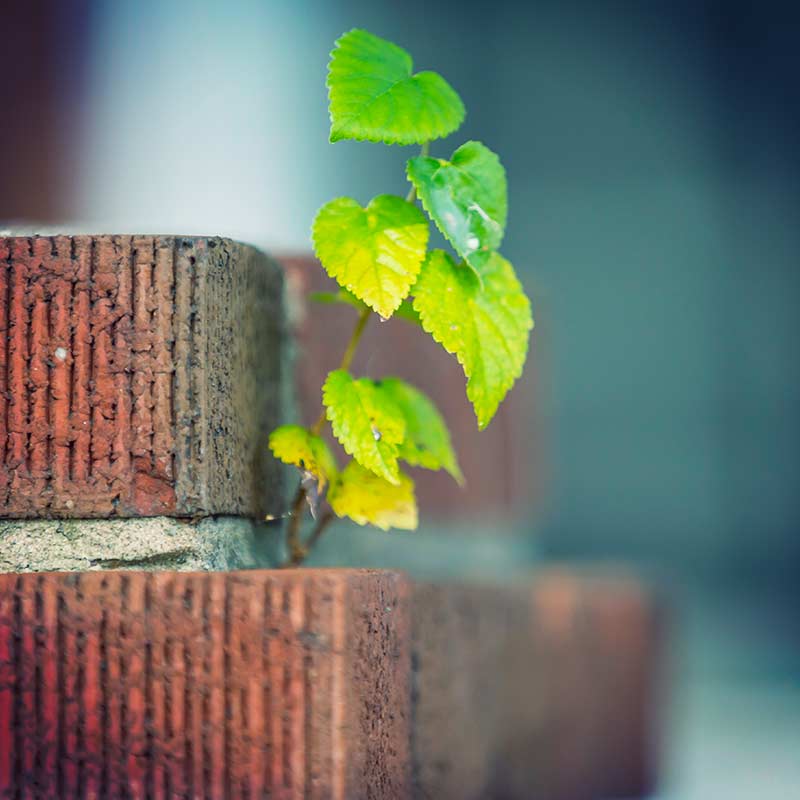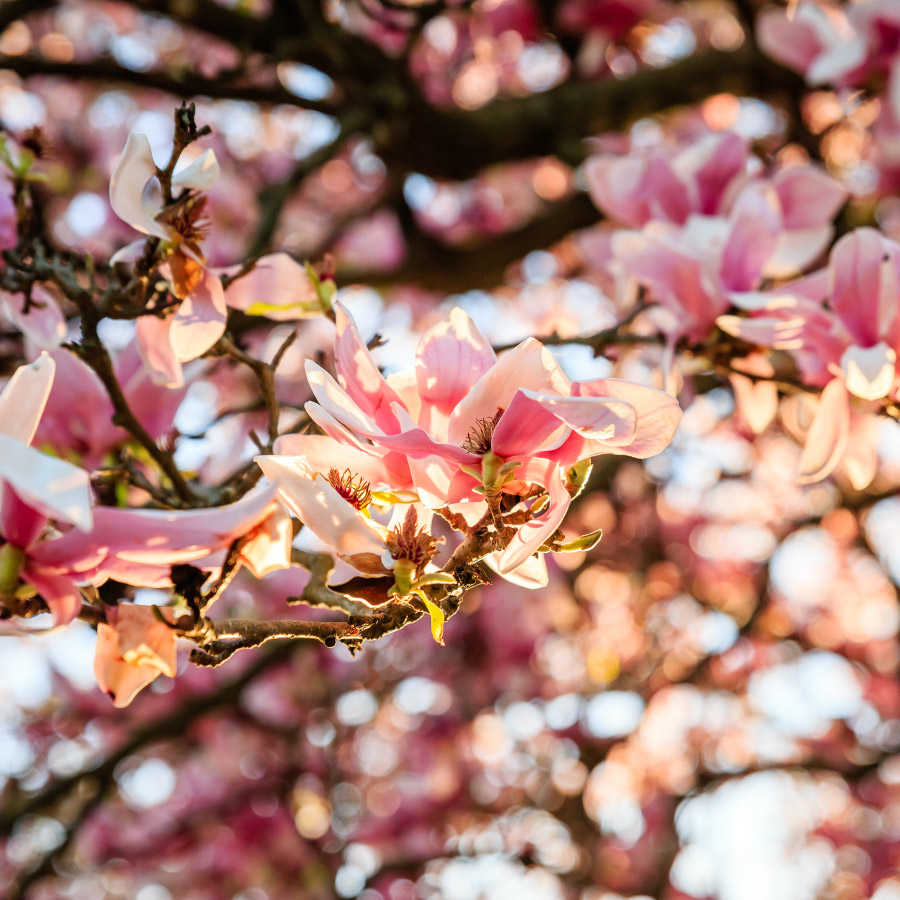Plants Make the Planet Go Round
Trees, shrubs, grasses, and other plants seed, feed, and fuel life on earth.

Our favorite star, affectionately referred to as the Sun, generates energy via an amazing reaction called nuclear fusion. This process of hydrogen being converted to helium results in the release of a tremendous amount of energy. Some of this energy makes the 500-second journey across 93 million miles to Earth. Trees and other plants then soak up that energy in their green surfaces and turn it into usable forms that seed, feed, and fuel the planet. Nearly all terrestrial life – including us – relies on this green production for survival.
Within leaves, blades of grass, needles, and the like, there are remarkable cells that mix the energy from the Sun with a dash of water and a bit of carbon dioxide (CO2). These plant cells strip the carbon from the CO2 to make delicious glucose and oxygen – the latter of which we and most other animals on this planet breathe deeply and freely. This life-giving process is called photosynthesis.
Once the green plant cell makes its tasty glucose, it sends it off to be used within other parts of the plant. Some is used to fuel the green factory cells that then make more glucose. Some is used for reproduction and defense. And even more glucose isused to build the structure of the plant; perhaps a tree trunk, twigs, or new leaves. When glucose is used to build a structure, carbon is locked up in a stable form, or sequestered, as CO2. This means the CO2 is no longer free to float around in the atmosphere.

Much of the glucose (up to 80% for some plants) is sent down to the root system and discharged into the soil as root exudates. Bacteria and fungi within the soil eat these exudates. They also consume dead plant matter like leaves, stems, twigs, seeds, or entire plants that fall to the ground. The bacteria and fungi are eaten by nematodes and protozoa, who are then eaten by arthropods and earthworms. All of these creatures and activities form a food web within the soil. In fact, soil is its own HUGE ecosystem. How huge? 95% of all life on land lives in the soil and participates in this food web. In just one teaspoon of healthy soil, there are more living organisms – like the ones described above – than there are humans in the world! Some estimates suggest that at least one-quarter of all species live in the soil. Let that sink in. And we are discovering new soil organisms all the time. In January 2015, scientists announced that the first new antibiotic in 30 years had been found in soil bacteria.
Soil is truly one of our most precious natural resources. Without it, life on Earth would look very different.

Not only do plants feed life in the soil, but they also feed life above ground. Their leaves, twigs, bark, and other parts provide nutrients that make their way through the food web all the way to top predators. Plants also feed humans; most of our food either comes directly from plants or from something that consumes plants. From the spinach in our salads to the corn that feeds cows, plants can be found in almost every part of our diet.
When it comes to terrestrial life both above and below ground, plants form the building block of nearly every food web on the planet.

Plants have been fueling human innovation since we learned how to farm. Cultivating plants became a leverage point by which we were able to settle into cities, grow our populations, and drive science and technology. Plants created the healthy topsoil in which food grows AND generated the food we needed to survive. They have also been fueling, well, fuel. Fire, coal, and oil are all derived from plants. Most of our coal comes from the Carboniferous Period when vast quantities of lush plant life died and formed thick layers in the earth that we now mine and pump from the ground. These are fossil fuels. As of 2020 over 80% of our global population uses fossil fuels for power. Our electricity, cars, cities, and businesses are all driven by the remains of plants.
Let’s keep going! Wood comes from plants and is used to make our homes and buildings. Concrete is another common material for construction. It requires a tremendous amount of energy to produce and thus relies on fossil fuels. Plant materials are used to make furniture, paper, tools, sports gear, and ships. Plants are even an ingredient in ice cream, nail polish, parmesan cheese, and Doritos (who knew?). And let’s not forget medicine: 40% of all medicine behind the pharmacist’s counter in the US is derived directly from plants. If we broaden the description just a bit, to include synthetic drugs that were only possible after discovering a natural compound, e.g., some synthetic painkillers came about from minor chemical modifications to morphine, then we find that of the top 150 prescription drugs sold in the US, at least 118 are based on natural sources. The examples are fascinating. Did you know that half of all approved drugs for treating cancer come from a plant? Or that morphine is made from a natural substance in poppies?
There’s more. Most of our fabrics and textiles either come from plants directly or are the result of plants indirectly, e.g., grass feeds sheep who grow wool. We use these for all our clothing, bags, baskets, furniture, carpet, and towels. Textiles are part of our everyday existence as humans. Art and calligraphy are based on plant products. Even plastic is derived from petroleum, which comes from plants. The list goes on and includes soaps, shampoos, perfumes, cosmetics, paint, varnish, turpentine, rubber, latex, lubricants, and linoleum.

You may be coming to the following realization: if all of this is true, then plants must be at the core of human wealth and the economy. After all, much of our wealth comes from the production and consumption of the goods listed above. Stop reading for just a minute and look at all the objects within your eyesight. Think about how each is made and where it comes from. Most originate from ecosystems that are either directly or indirectly fueled by the energy produced by plants. So yes, you are right, much of our wealth and our very economies rely on plants.
For humans, it does not stop there. Medicine, fun, art, countless goods, commerce, innovations, energy to drive our economies, and even our wealth. Remarkable. Who and what are we without trees and plants?

One last related thought to consider: there are many species of plants we have not yet discovered. It is estimated that there are over 8 million species of insects, plants, and animals on this planet. Yet we have only identified and described 1.5 million of them. What if there are plants waiting to be found that will provide our next generation of antibiotics? A new tree that offers better, stronger forms of chemotherapy? A super crop that thrives in poor soil conditions with little water? None of these ideas are crazy. After all, penicillin is a fungus, Taxol (chemotherapy drug) comes from a tree, and corn was once a wild plant.
All the more reason to preserve and protect the plants we have. We might not yet know about all the incredible gifts they have to offer!


